No products in the basket.
The 7 Elements of Art
7 Elements of Art: Form
Watch this lesson for free on our YouTube channel
Free Lesson on the 7 Elements of Art by artist Lillian Gray.
This is a video and blog series teaching the 7 Elements of Art in an easy-to-understand way. The series consists of 7 lessons presented by artist Lillian Gray.
Hi I’m artist Lillian Gray and today’s lesson is all about form.
Form is the next step after shape, we add depth to create a three-dimensional form.
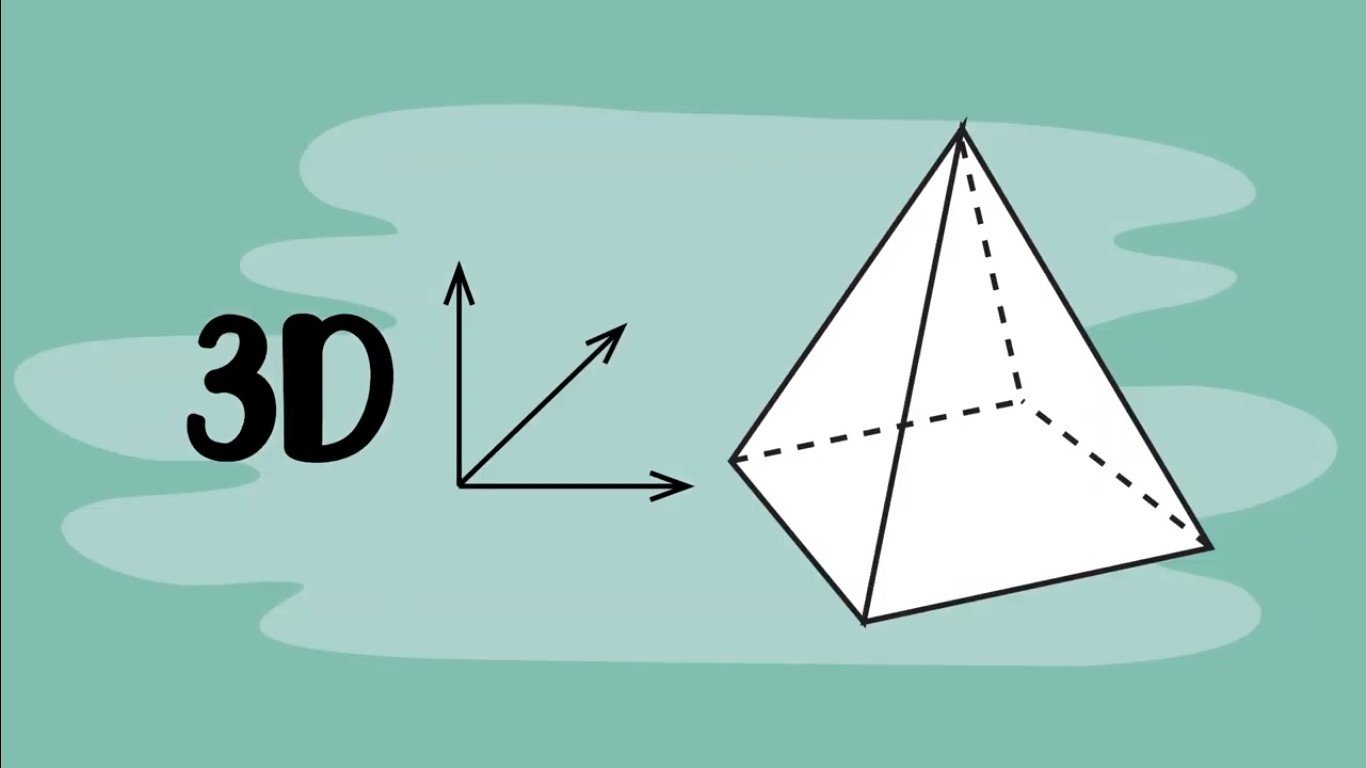

Form is one of the seven elements of art, along with line, value, texture, colour, space and shape.

When shapes get the third dimension of depth they become forms.
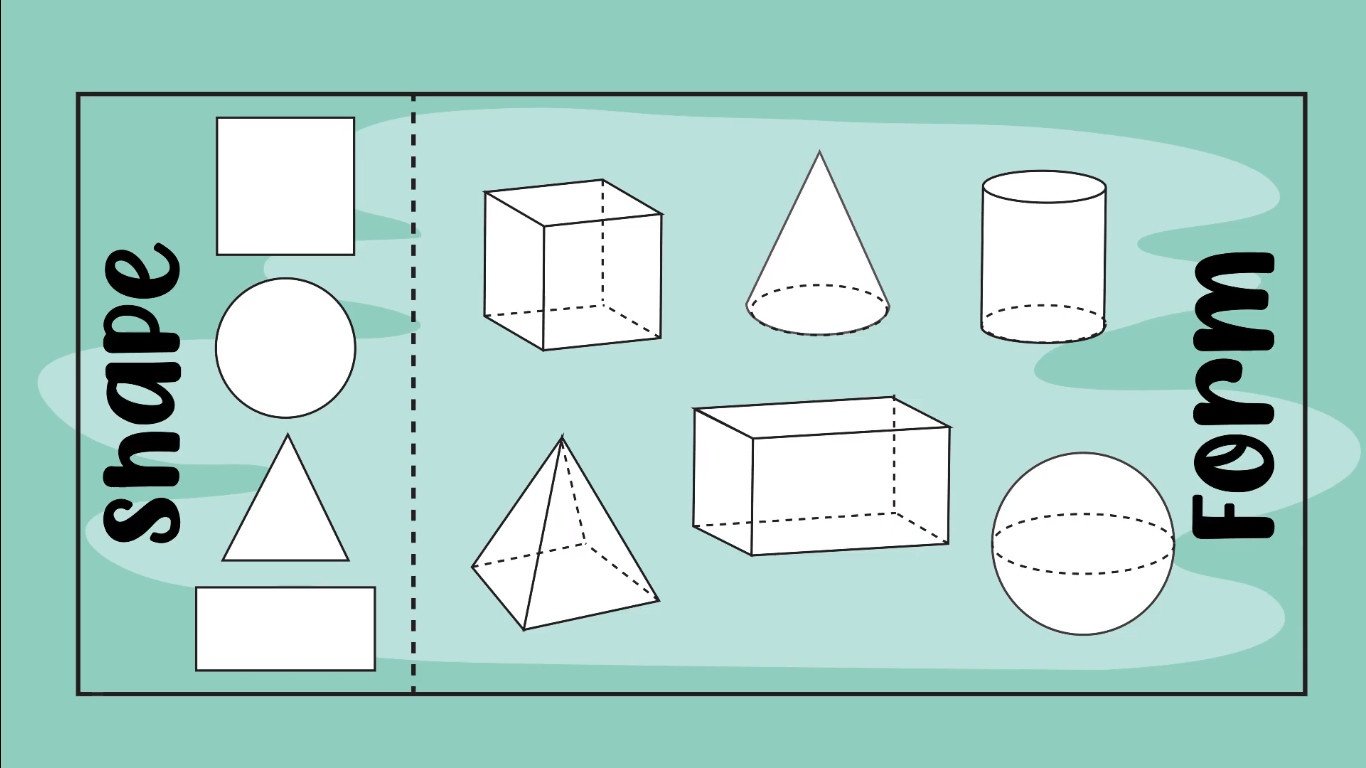
When given a form circles become spheres,
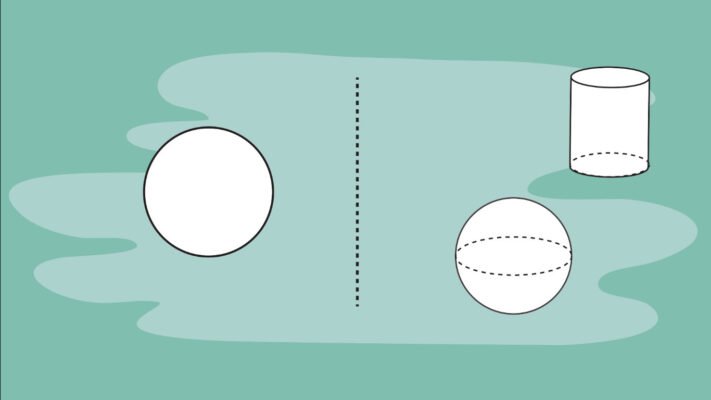
squares become cubes,

triangles become cones or pyramids.

The difference between the shape and the form is that shape is 2-dimensional
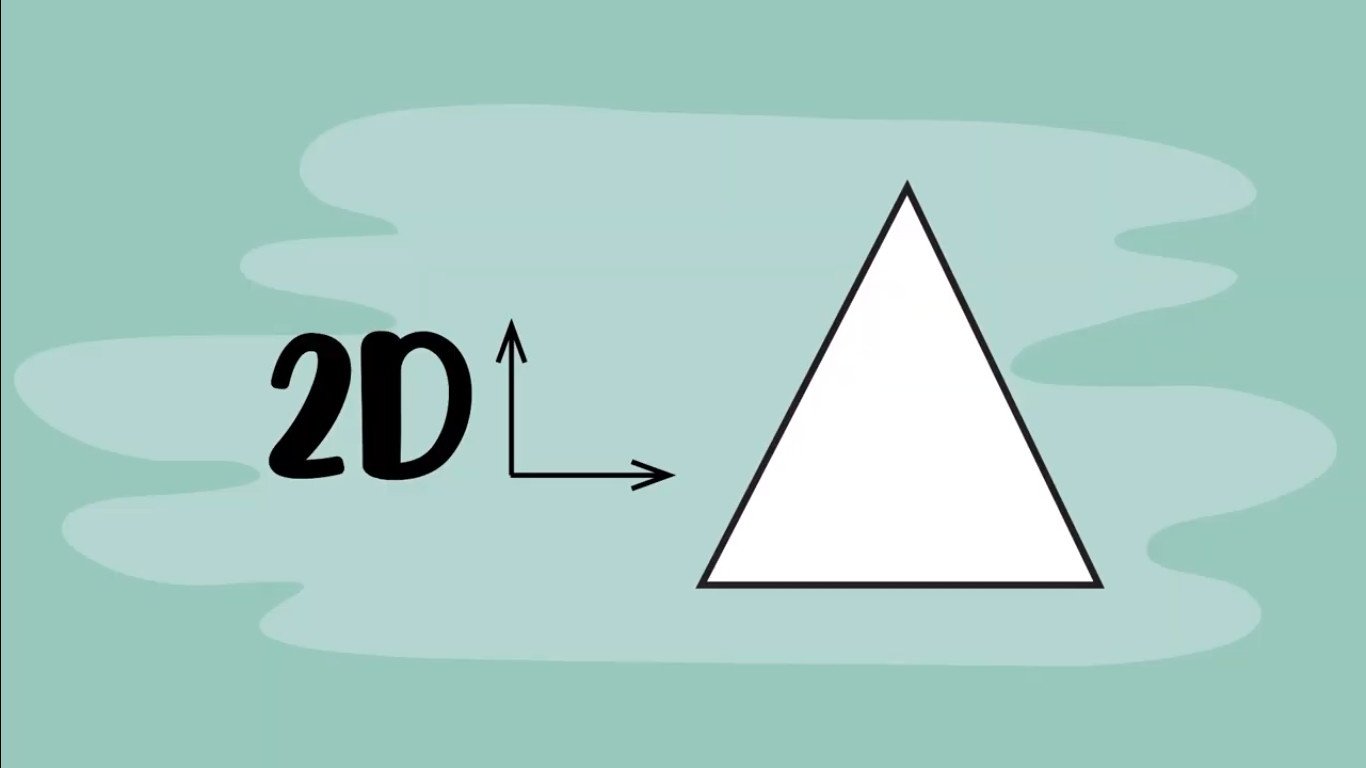
and form is 3-dimensional.

As artists, we use all kinds of forms but, there are two main categories:
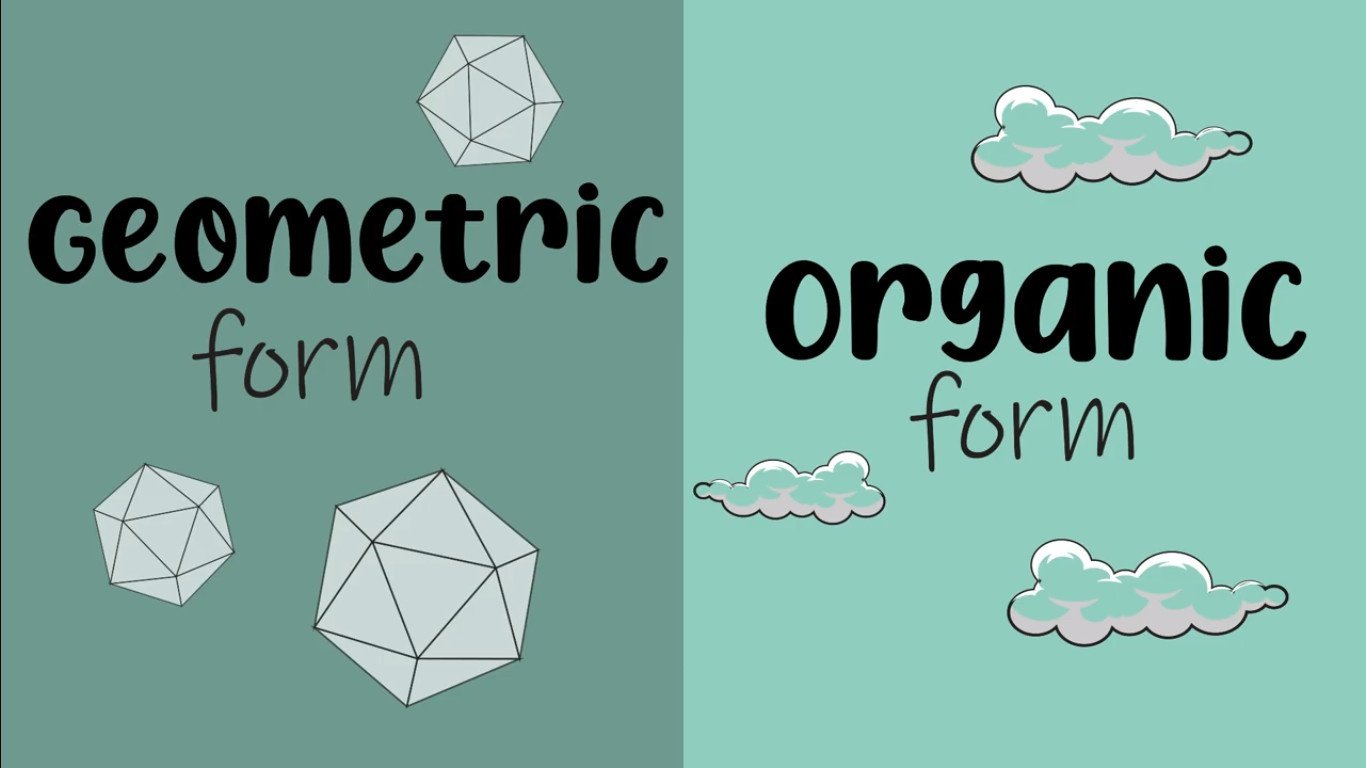
Geometric form and Organic form.
Geometric forms are forms that can be constructed using geometry, such as pyramids, spheres, cones and cubes.

Geometric forms are commonly found in architecture, structural and civil engineering.

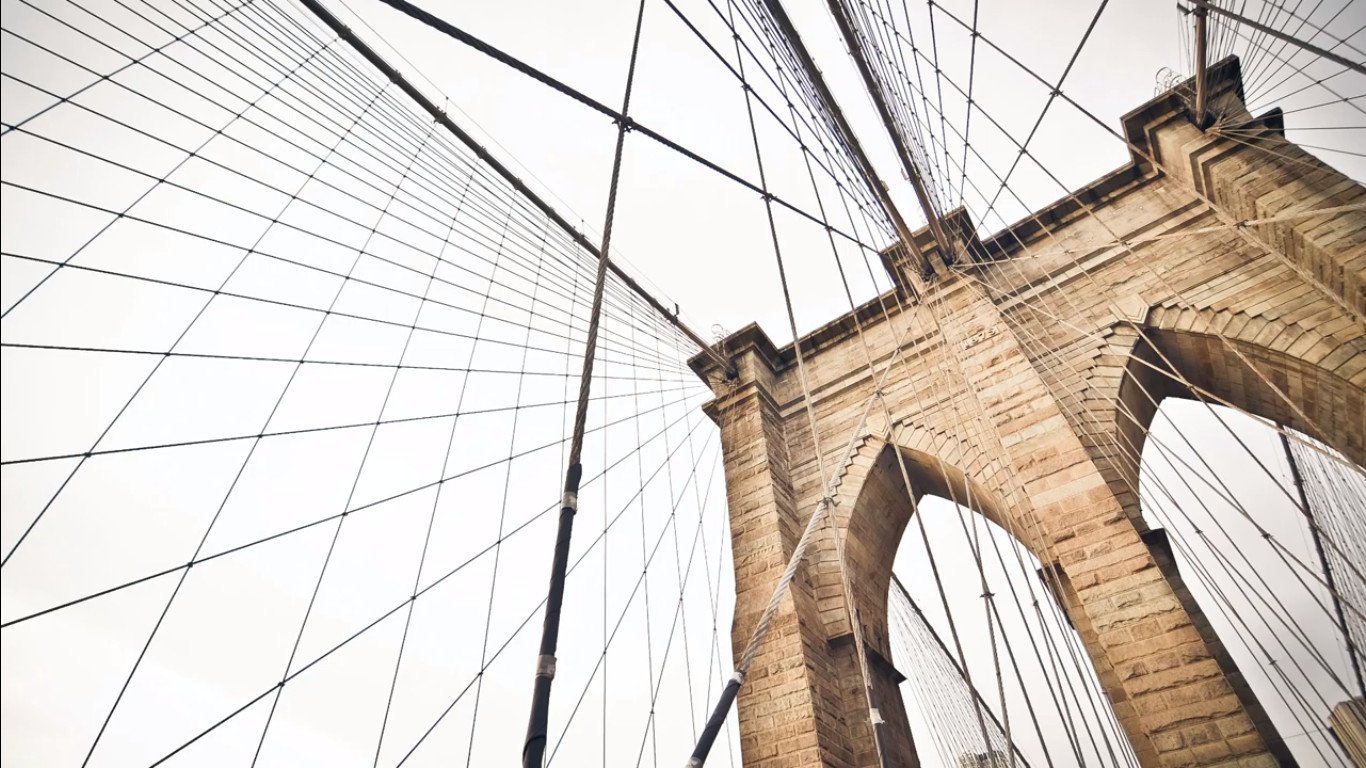
Organic form is generally smooth, irregular or asymmetrical, and cannot easily be constructed using geometry.
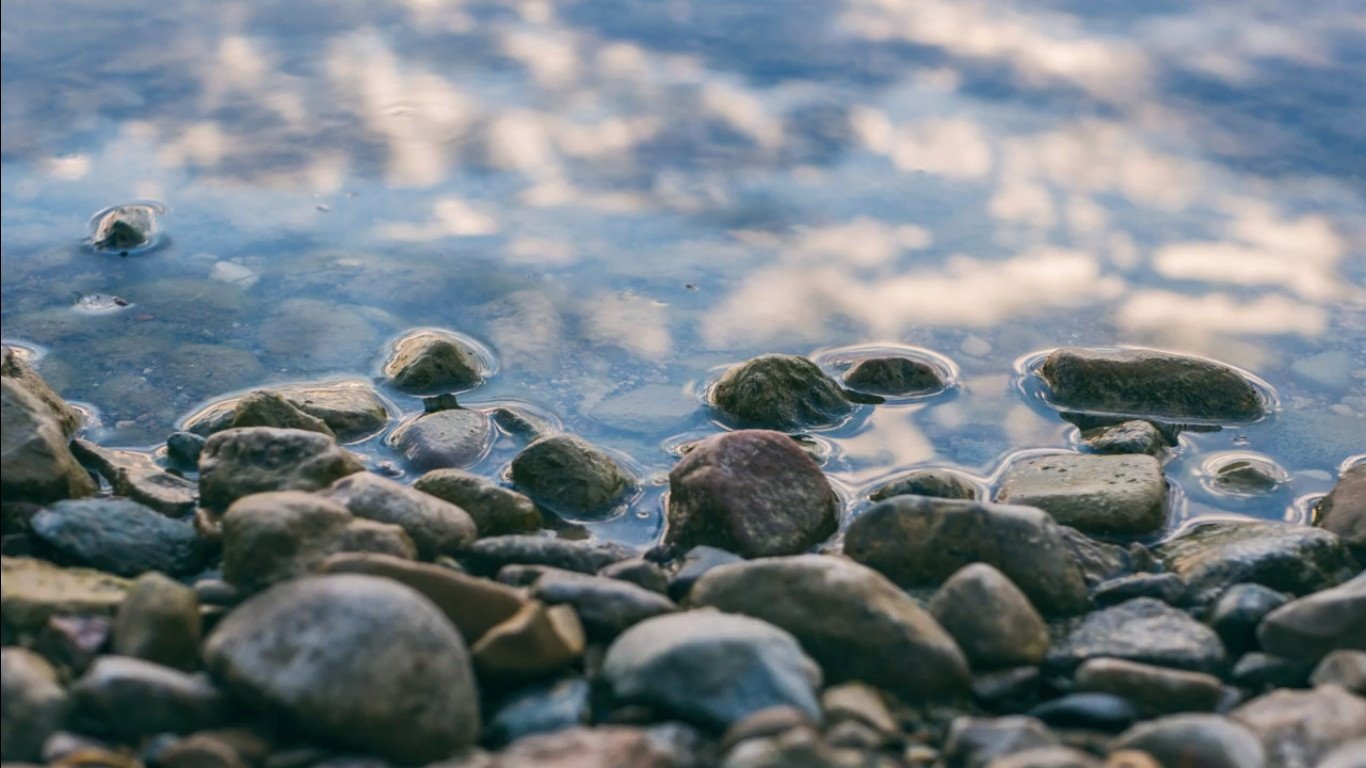
Organic forms are commonly found in nature, but nature also uses geometric forms on occasion.
Examples of these are crystals and honeycombs.
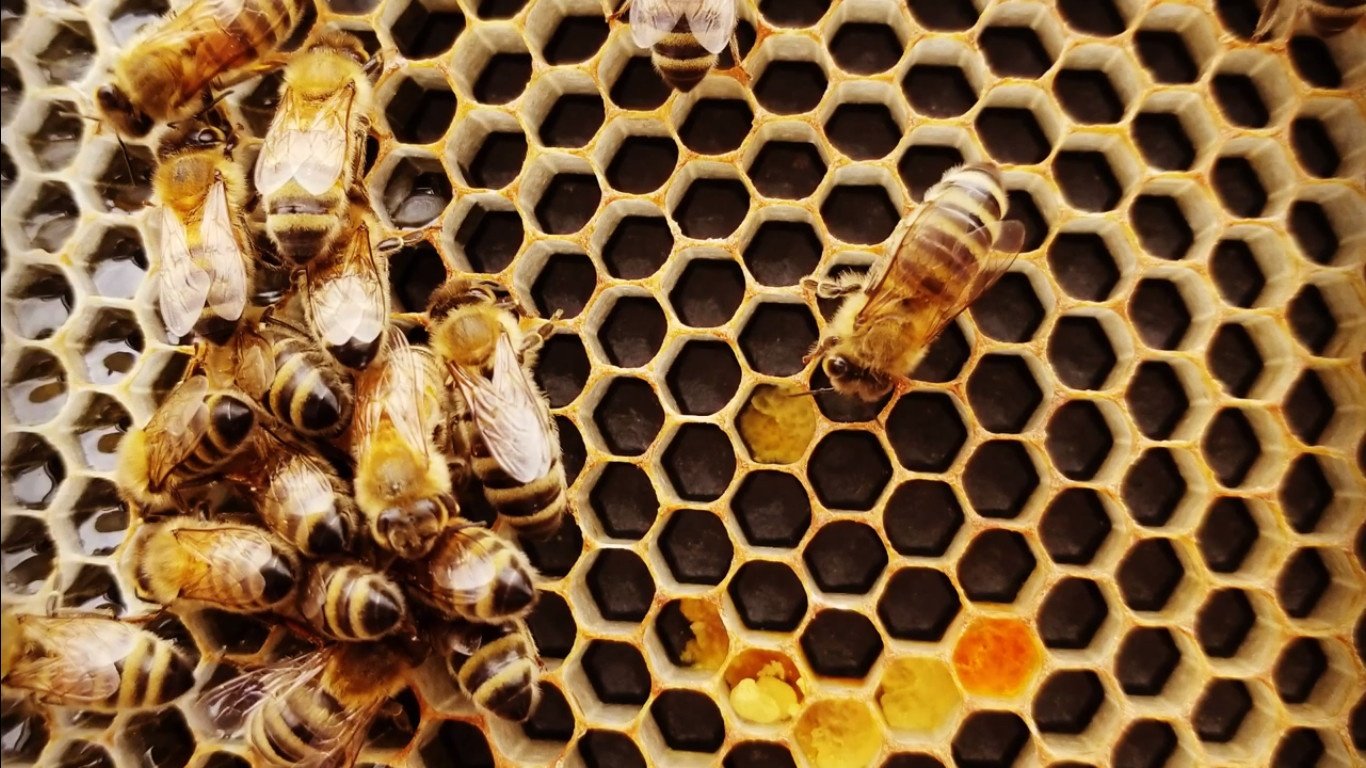
A great example of organic forms being used in art and architecture is the Spanish architect, Antoni Gaudi.

Gaudi developed a highly individualized style, combining his love for religion and nature.

This earned him the nickname God’s architect.
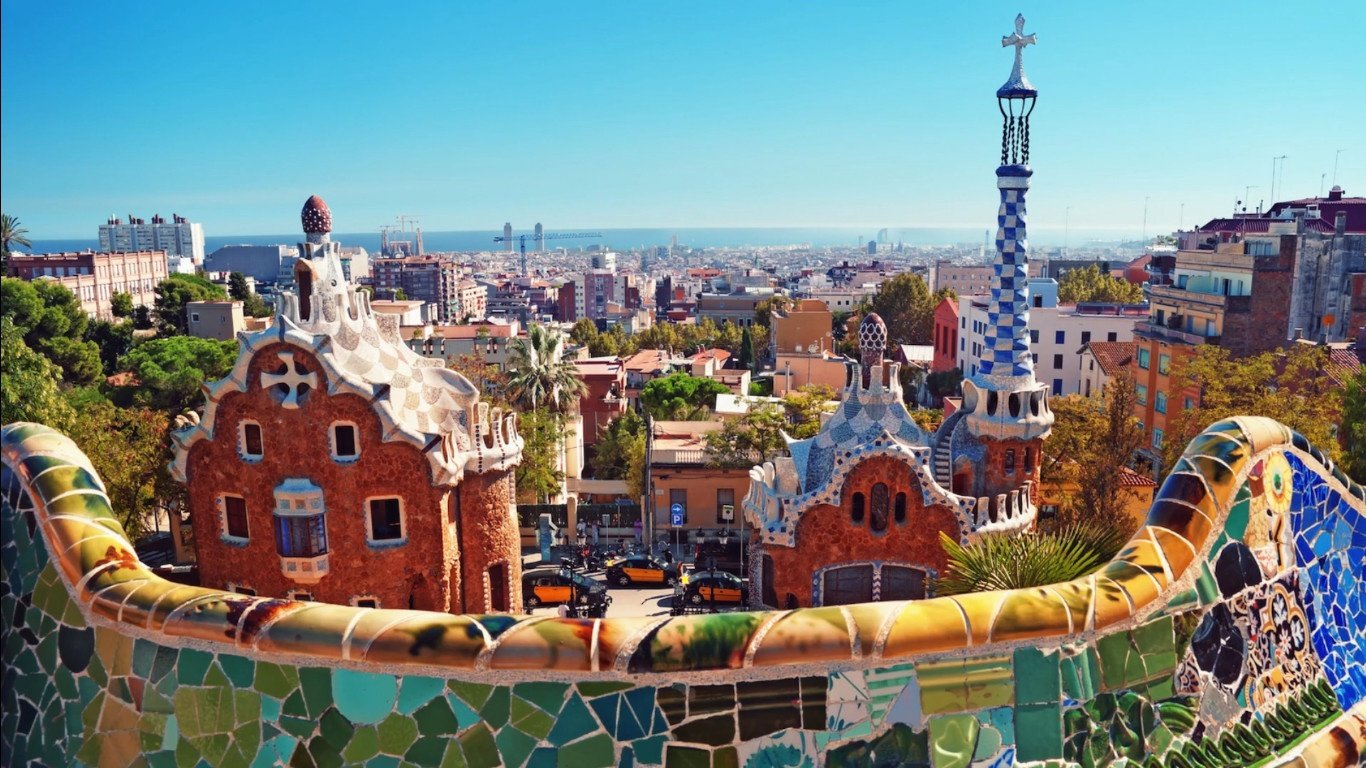
Since Gaudi was so inspired by nature, a lot of his buildings take on an organic form.

Gaudi rarely drew detailed plans of his works, instead he preferred to create three-dimensional scale models with his hands, molding them and then adding details as he conceived them.
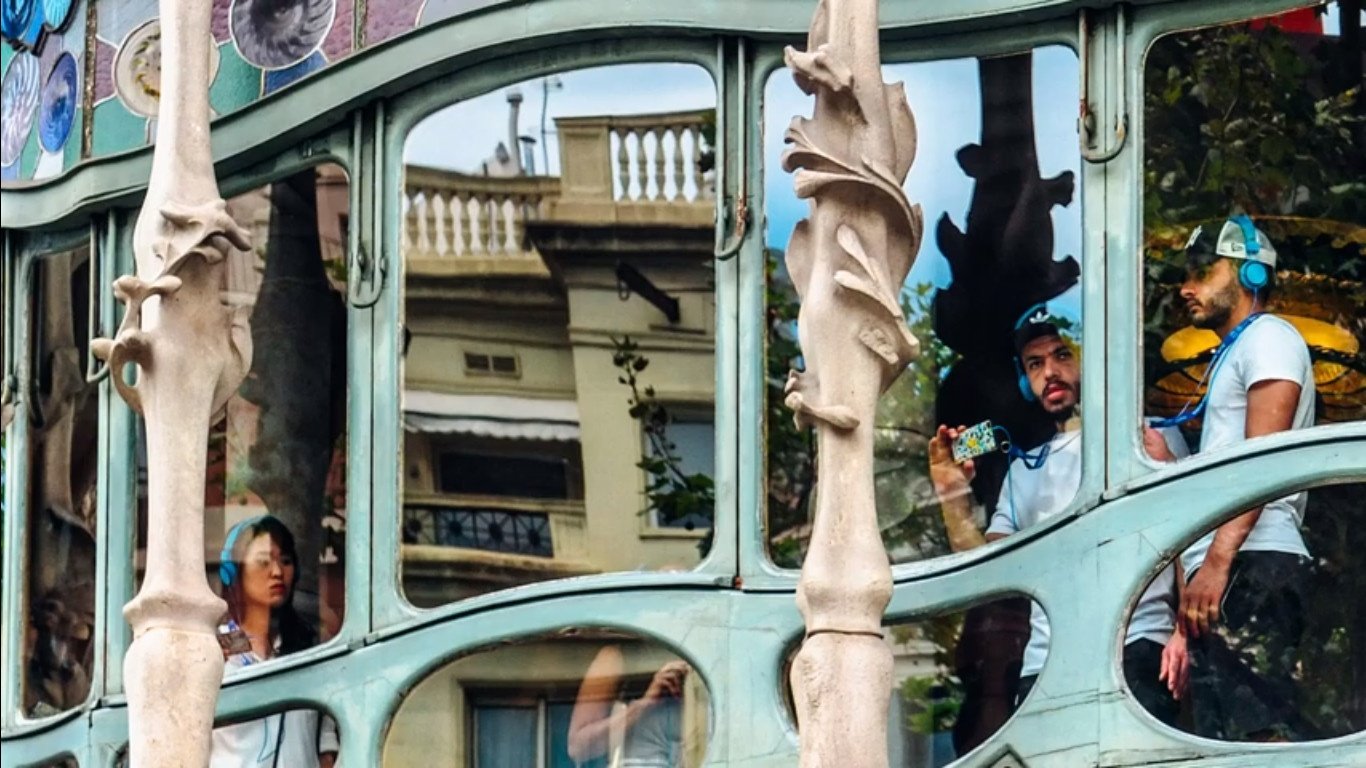
Gaudi’s works enjoys global popularity and continuing admiration.

His masterpiece the still incomplete. Sagrada Familia is the most visited monument in Spain.
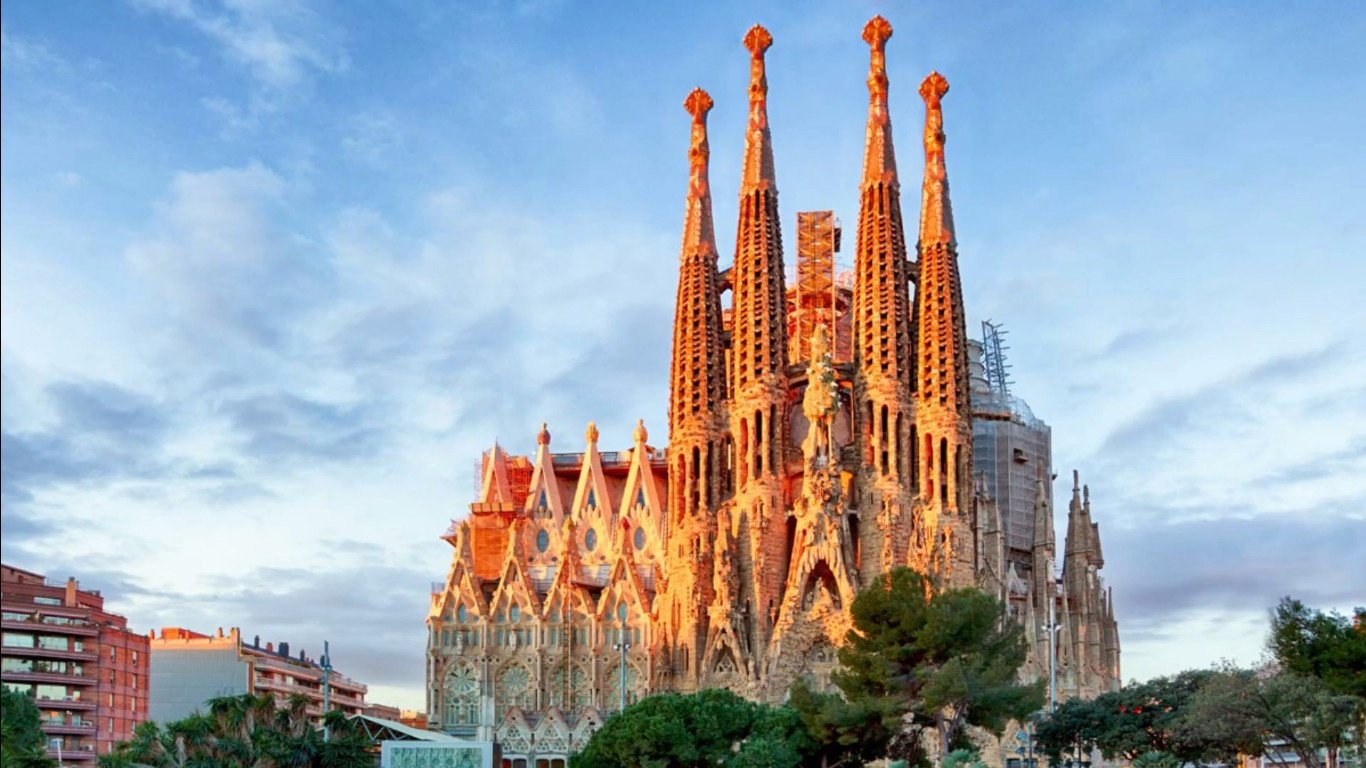
Architects often combine geometric and organic shapes to create visually interesting dwelling spaces.

One of my favorite buildings, is the Zeitz Mocca Art Museum in Cape Town, South Africa.
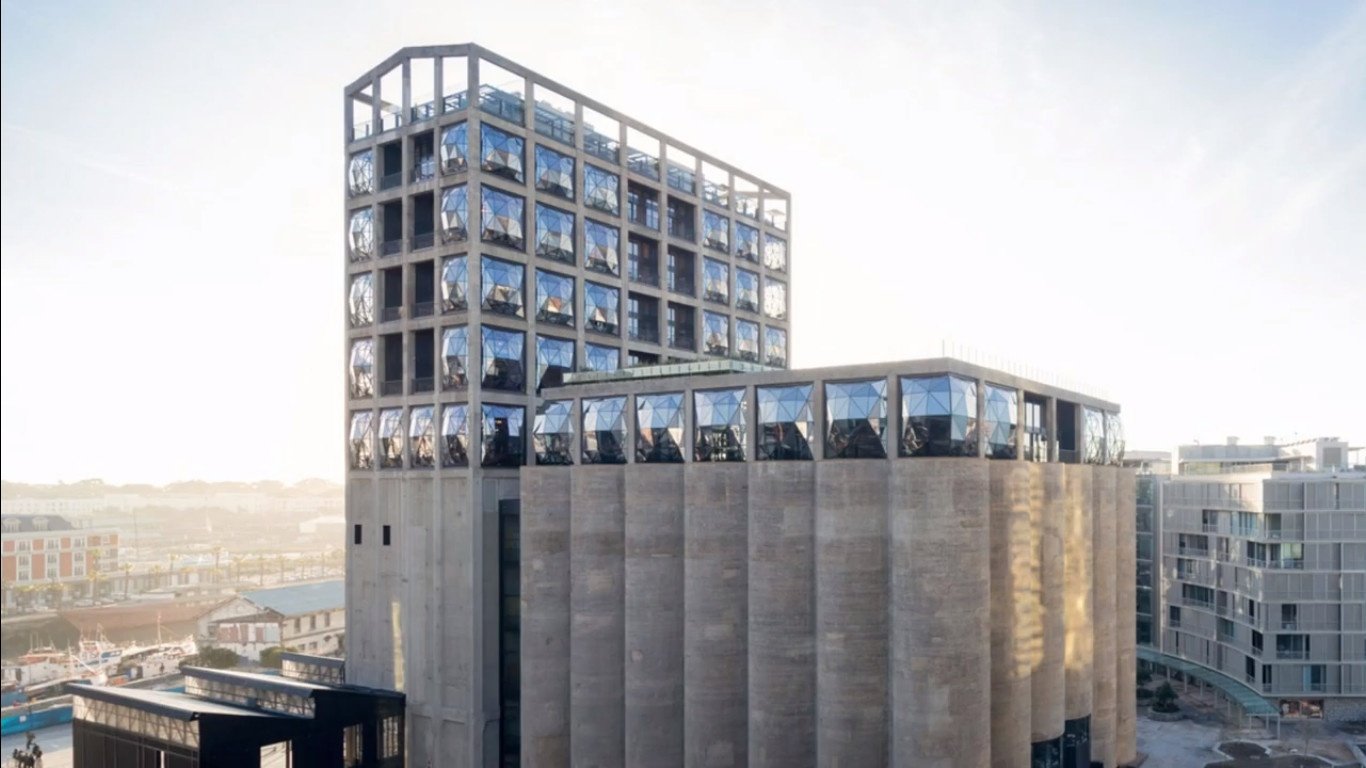
Architect Thomas Heatherwick successfully combined geometric shapes and organic shapes.
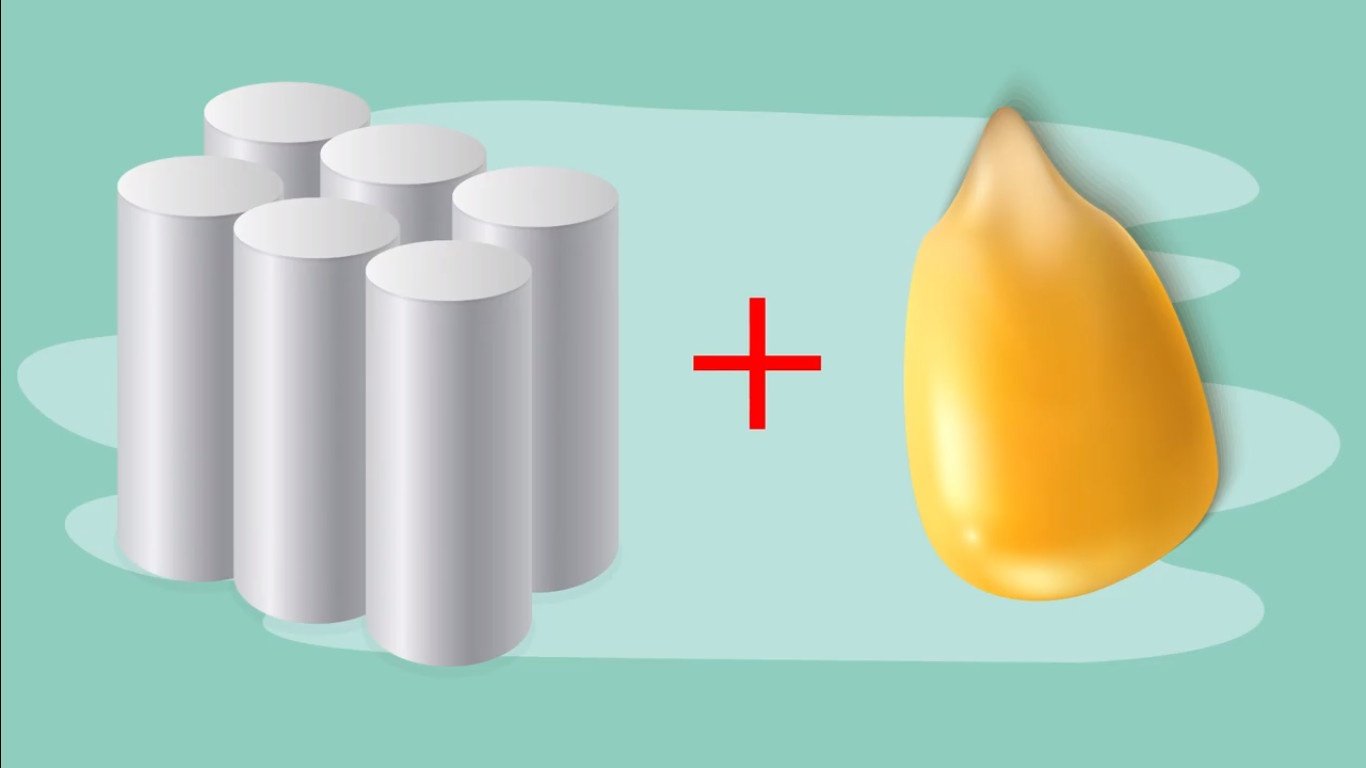
The museum used to be a grain silo, and he was asked to change it into an art museum.

When Thomas and his team started working on the building there, was still some original corn lying on the floor of the silo.

Thomas bent down picked up one of the grains, and was inspired by nature.
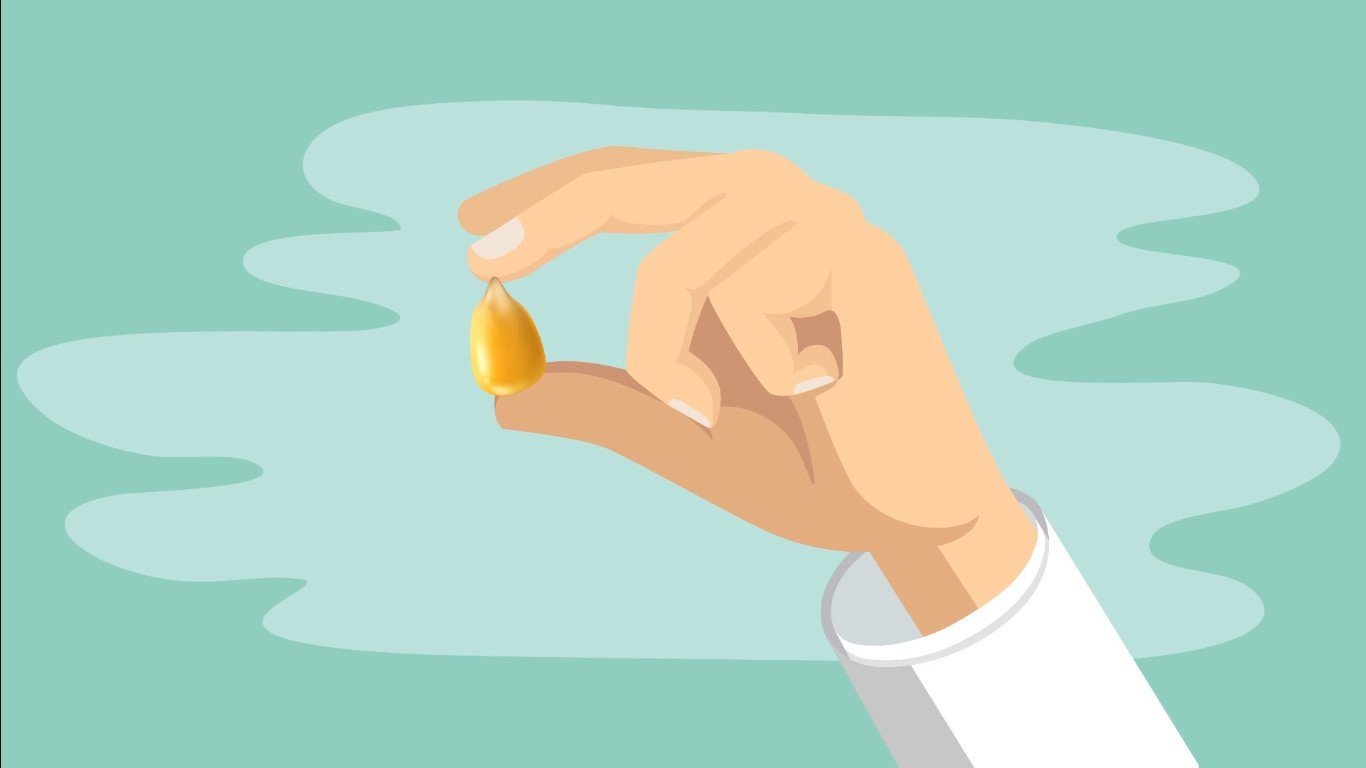
They digitally scanned the corn, enlarged that grain to 10 stories high, and then used that as a carving pattern.

The massive corn piece formed the negative space in the silos, giving visitors a sort of x-ray view into the structure.
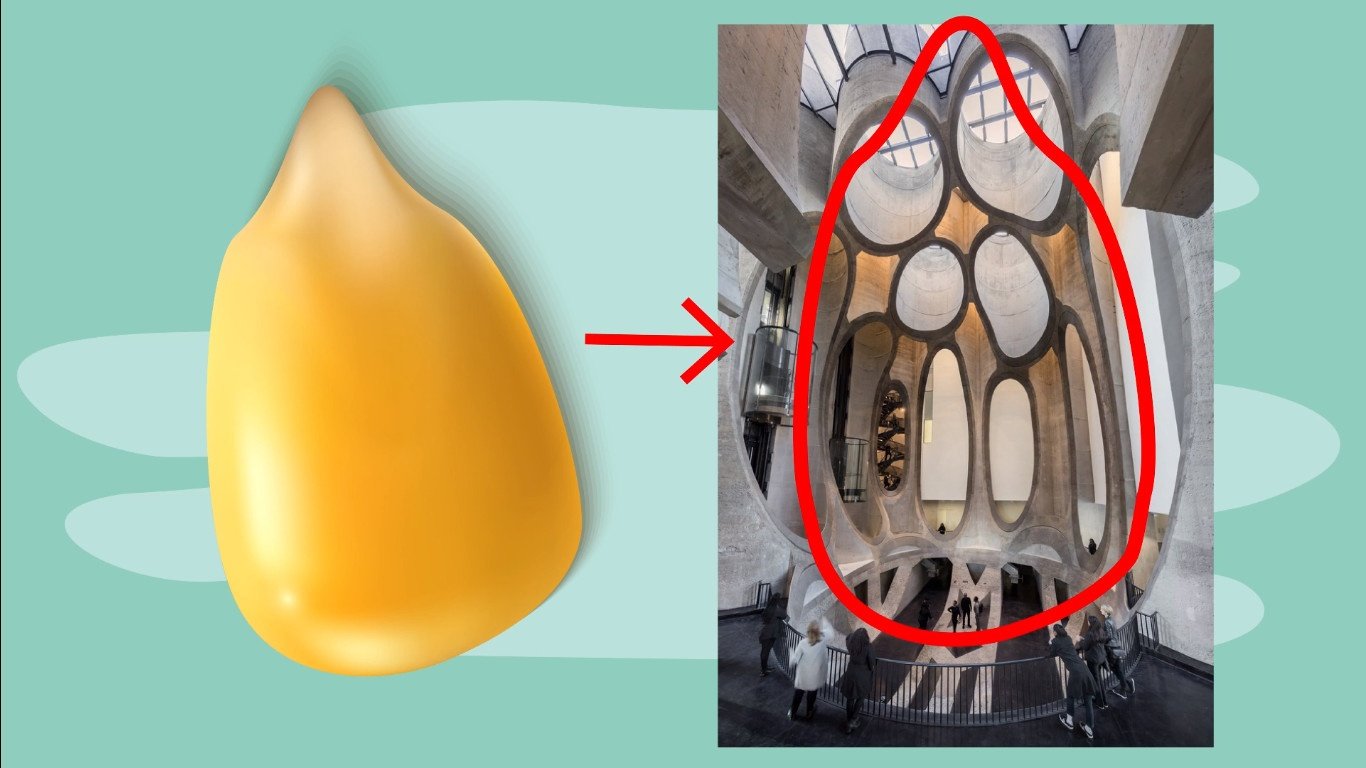
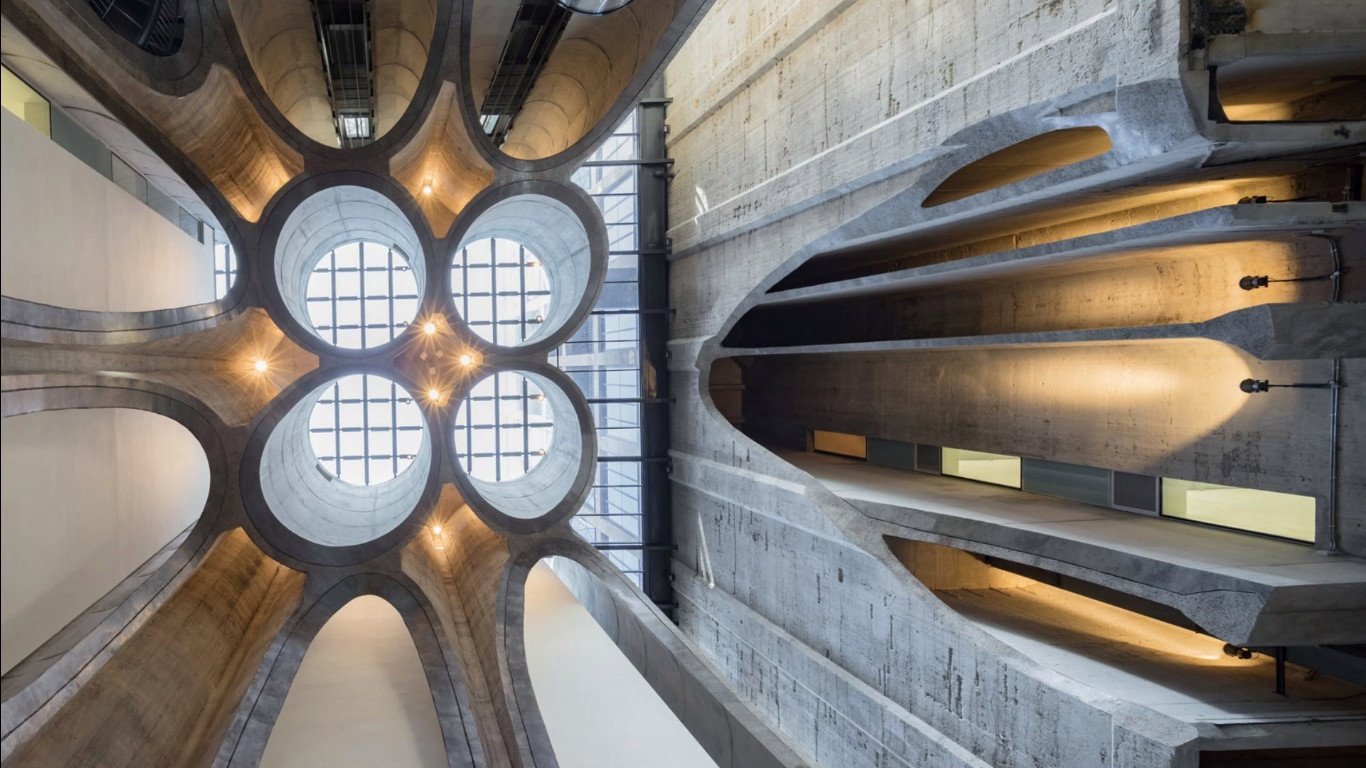
Construction workers used double blade hand saws to painstakingly carve the curvaceous inner sanctum of the building.
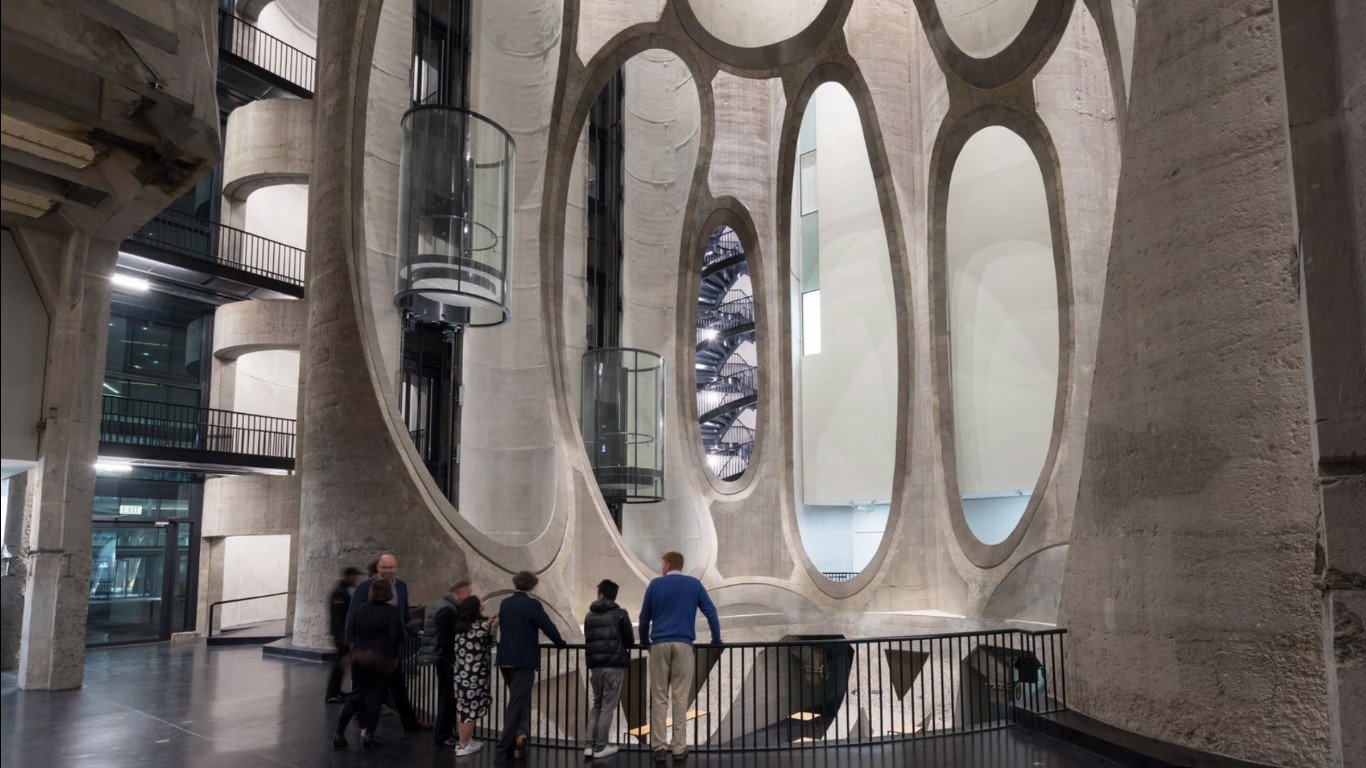
But all that effort was so worth it, I am just in love with this amazing space that was created by combining geometric form and organic form.

Form in art can either be real or implied.
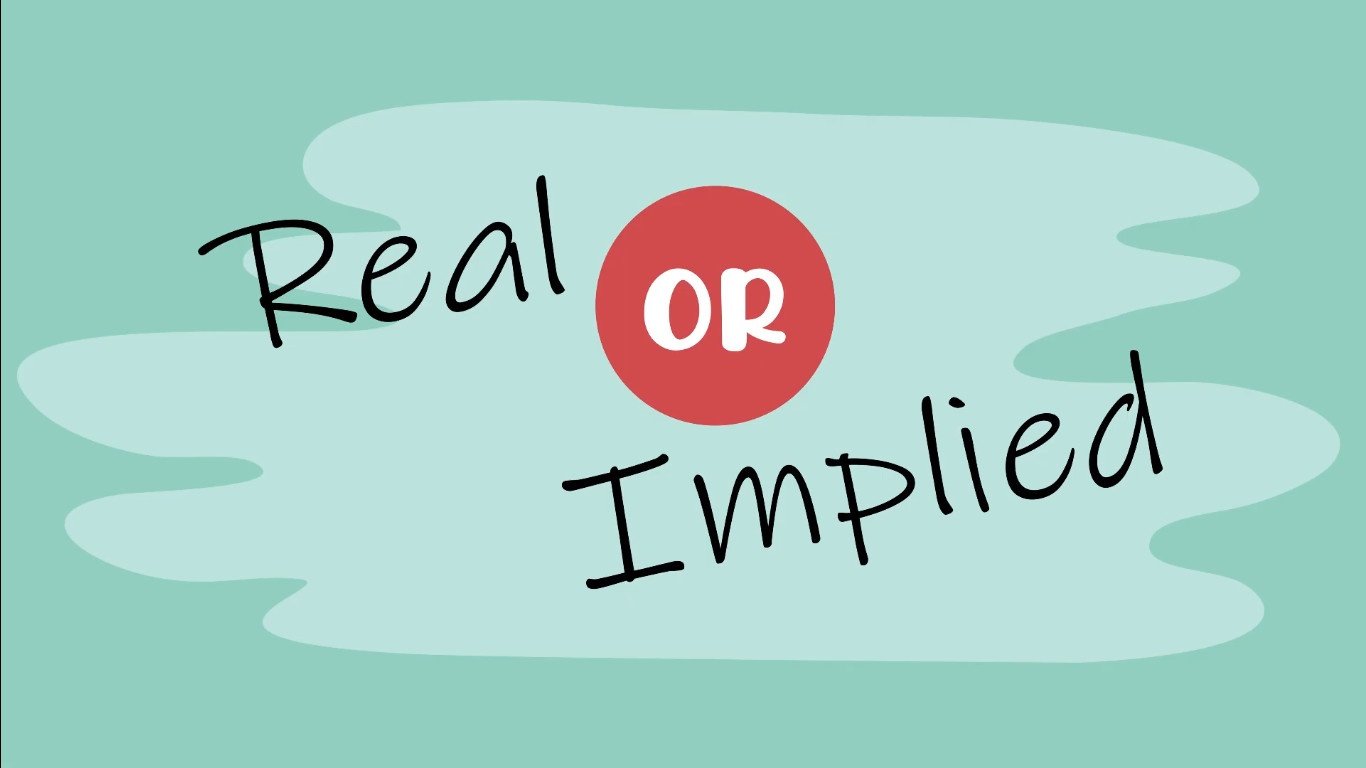
As artists we often take a 3-dimensional object
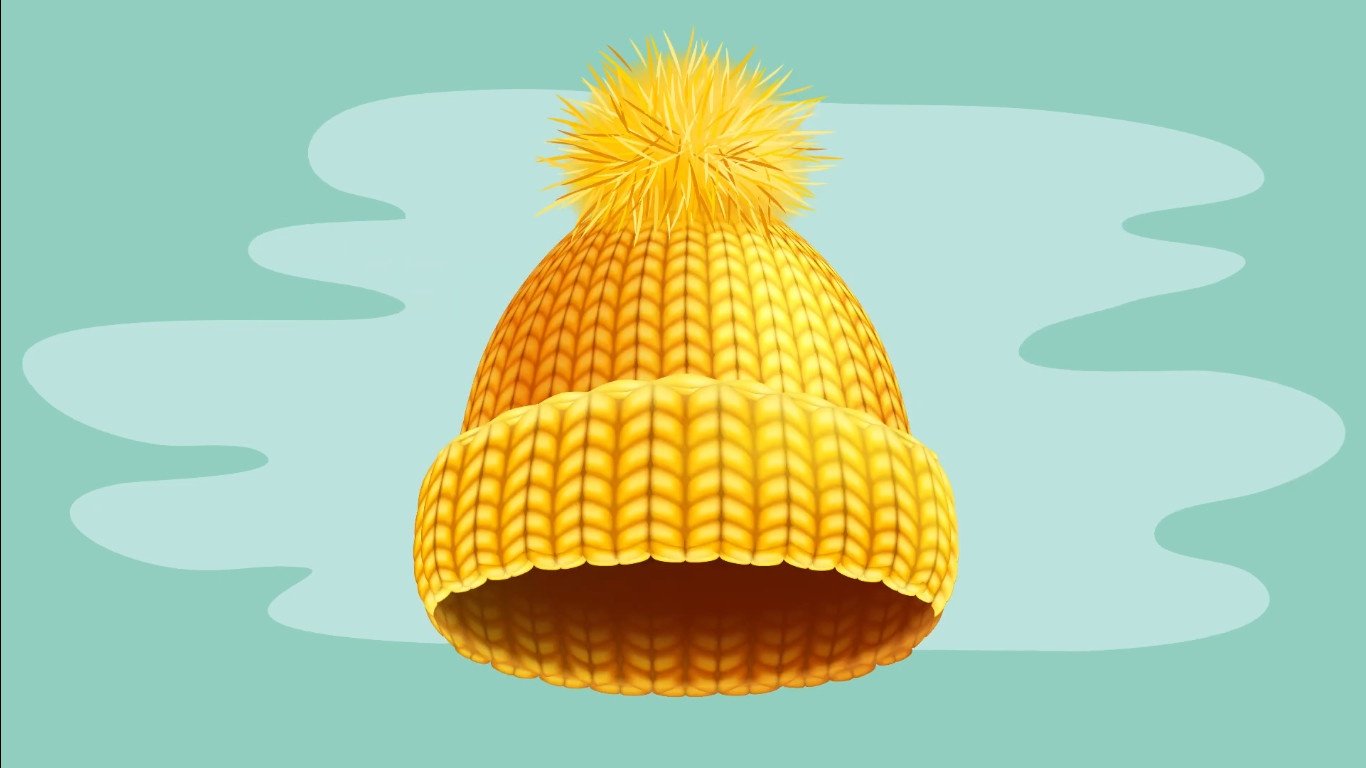
and depict it in a 2-dimensional way.

We need to create an illusion of form in paintings and drawings. The form is implied, because it’s an illusion of 3-dimensionality.
With sculpture on the other hand the form is real because it is actually 3-dimensional.
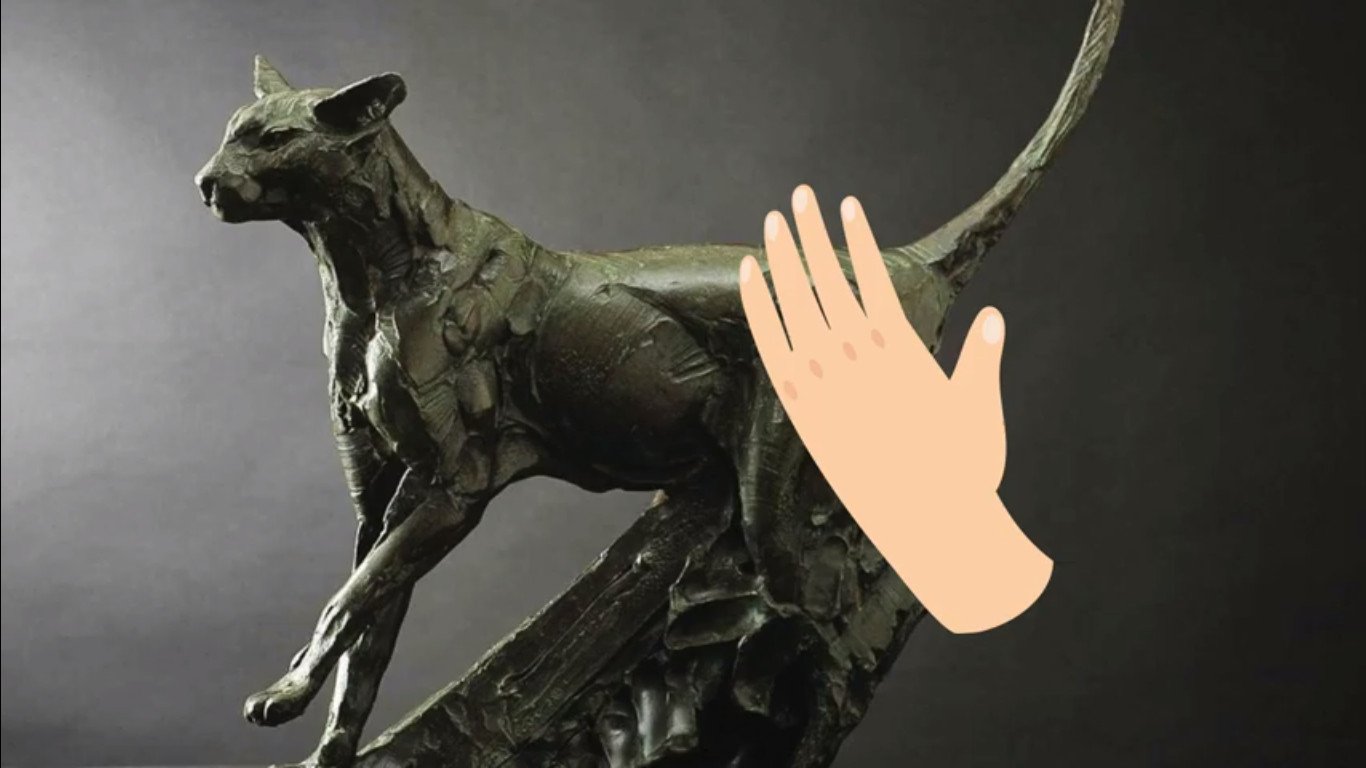
These days the form of sculptures can be created with a variety of different materials.
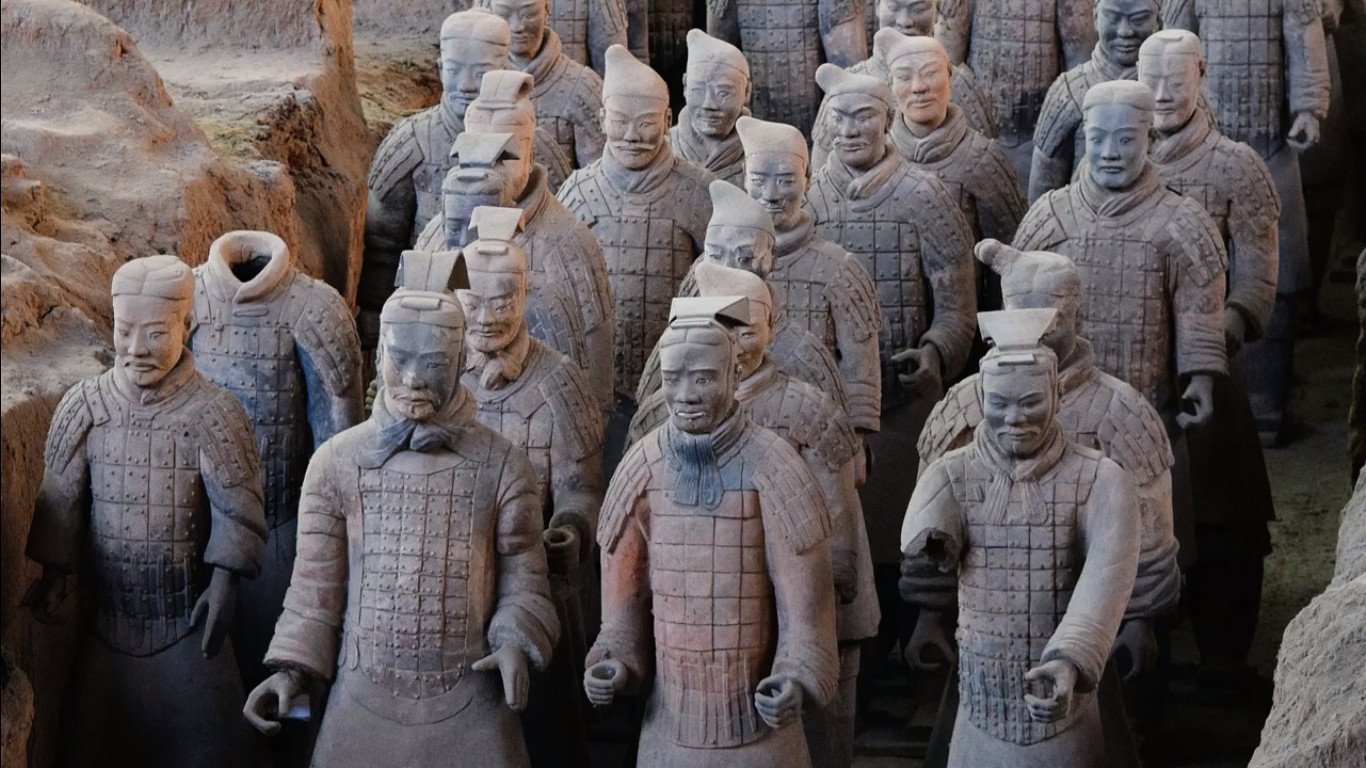
The more traditional methods include clay, stone, bronze, iron and more.
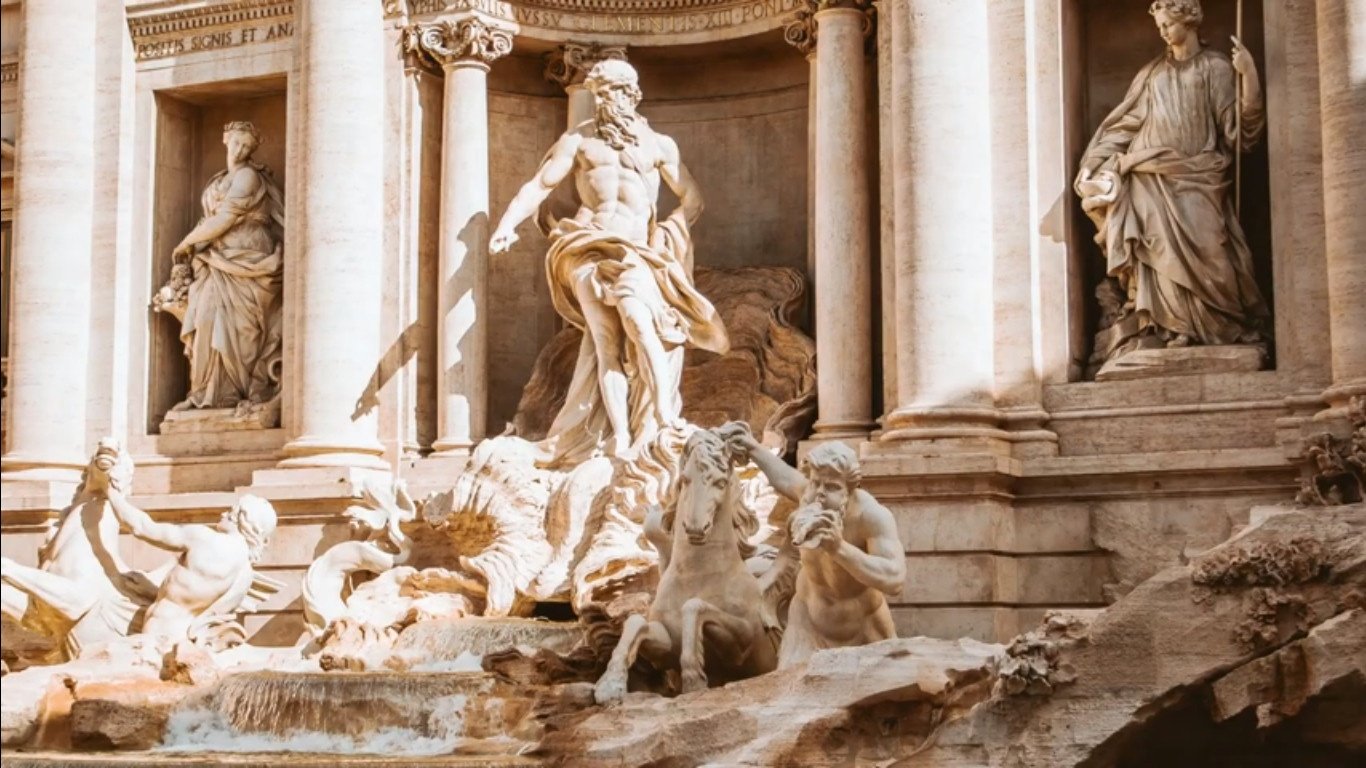
Modern techniques include resin, wire, chrome and various found objects.
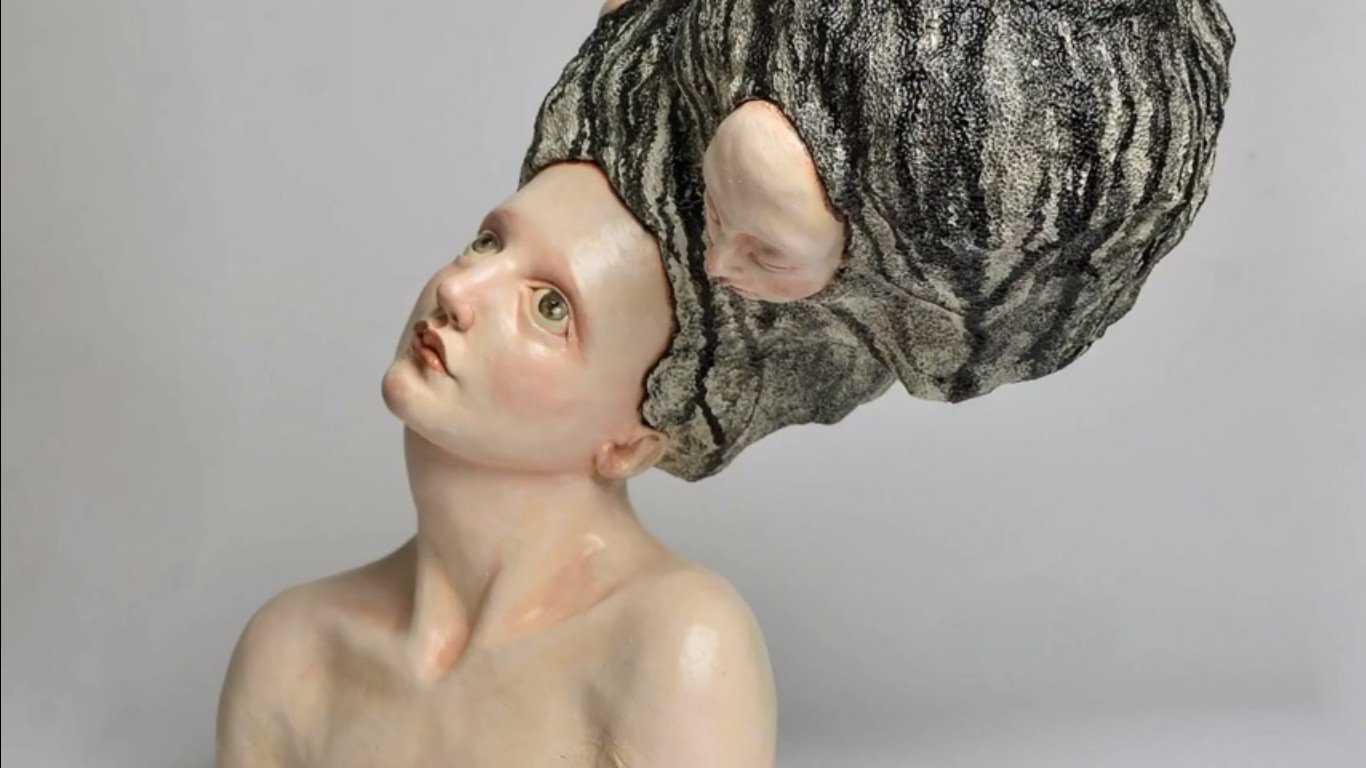
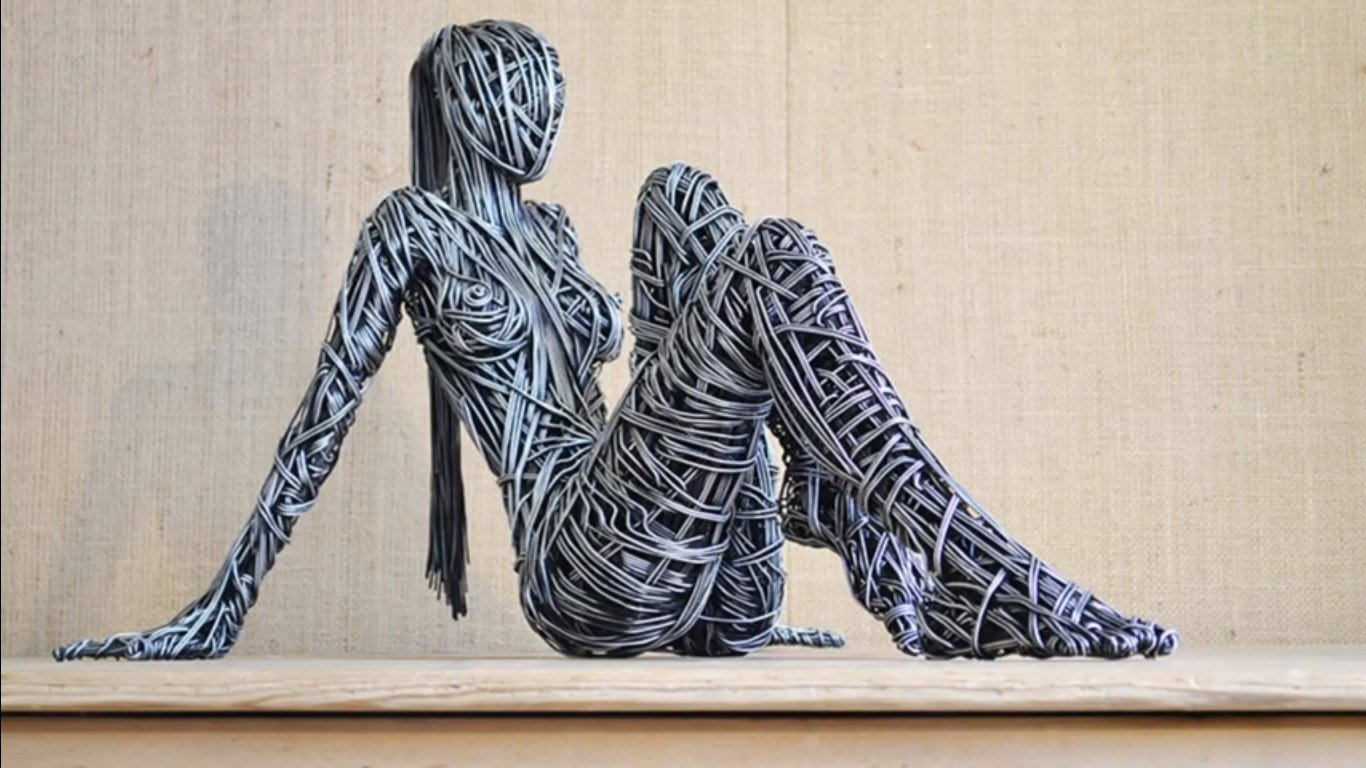

With the rise of the fourth industrial revolution, art and technology have become more intertwined.
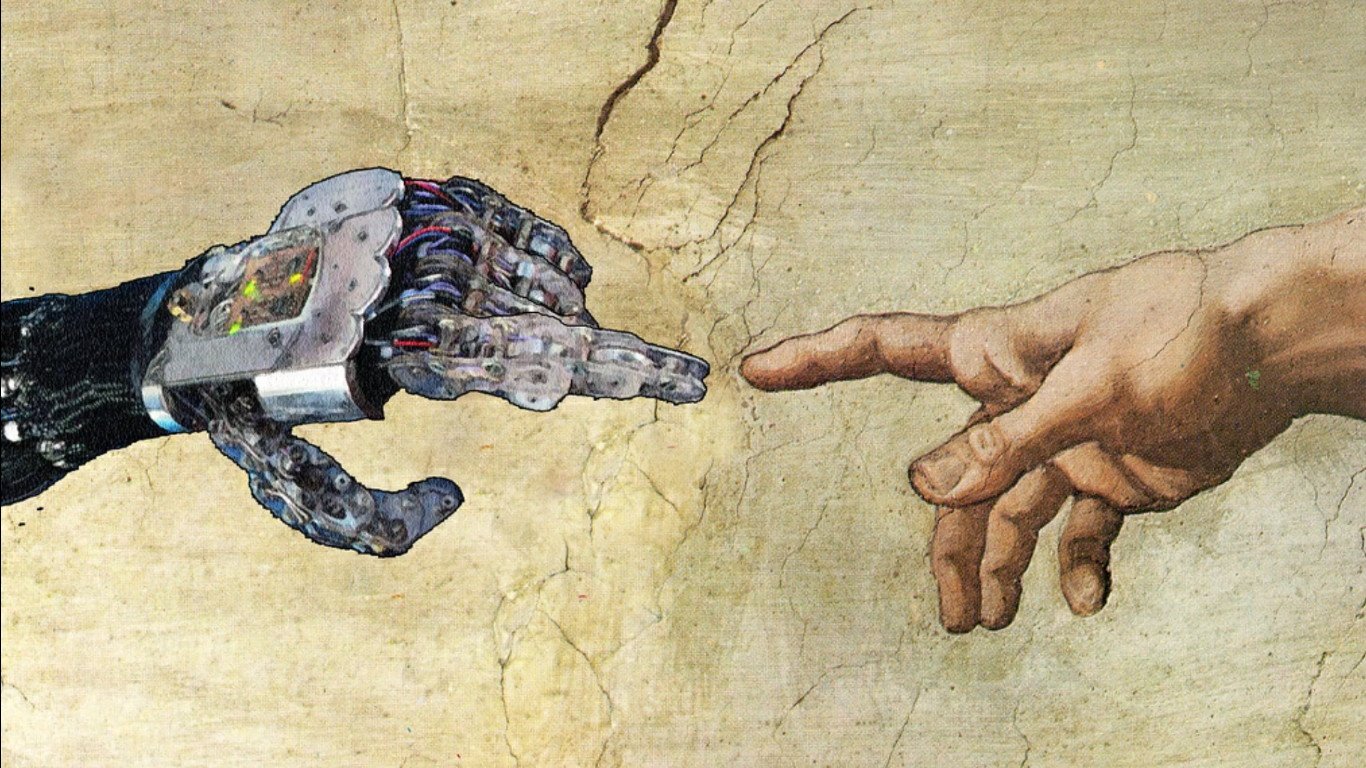
Many contemporary artists are experimenting with all kinds of media to create unique artworks.
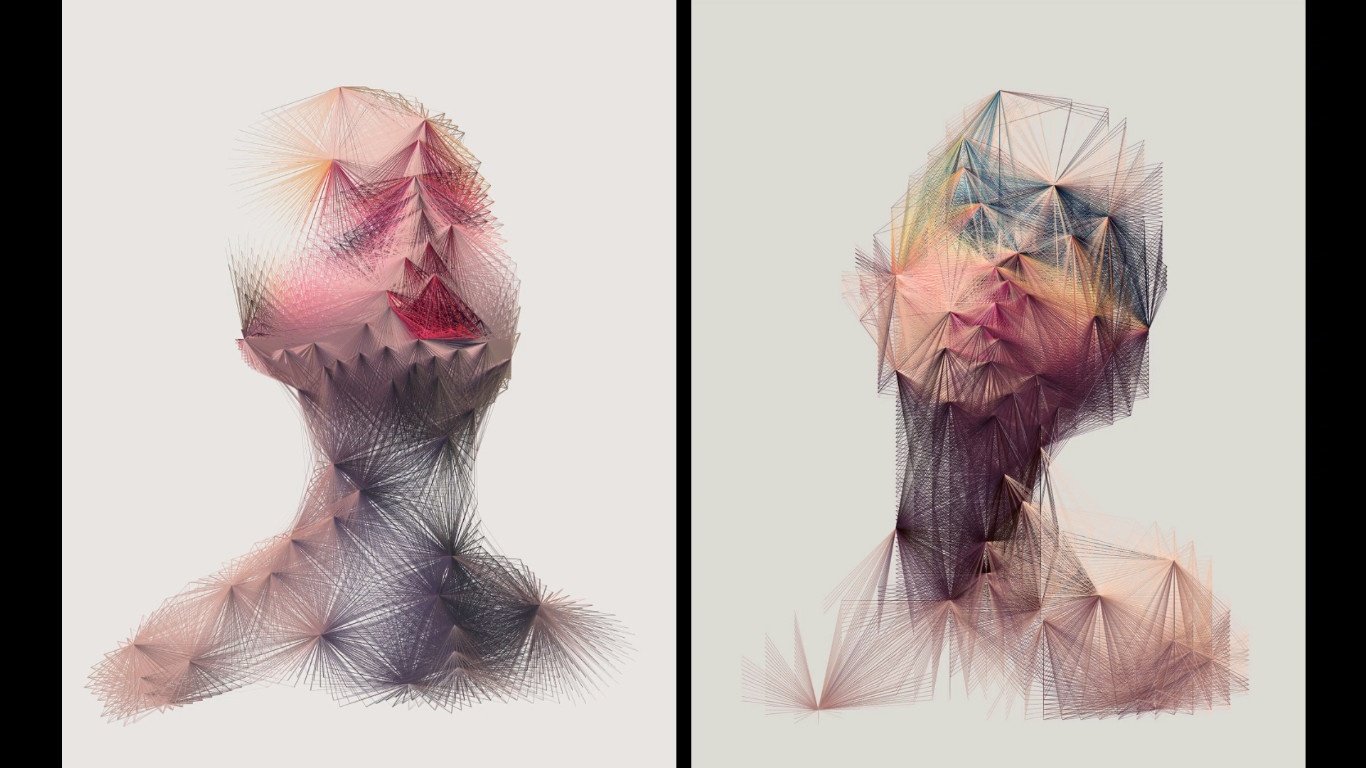
Dutch artist Oliver van Herp built a 3D printer that does not print with plastic, but with clay, even though a machine printed pottery could lack a human feel, van Herp’s machine is different.
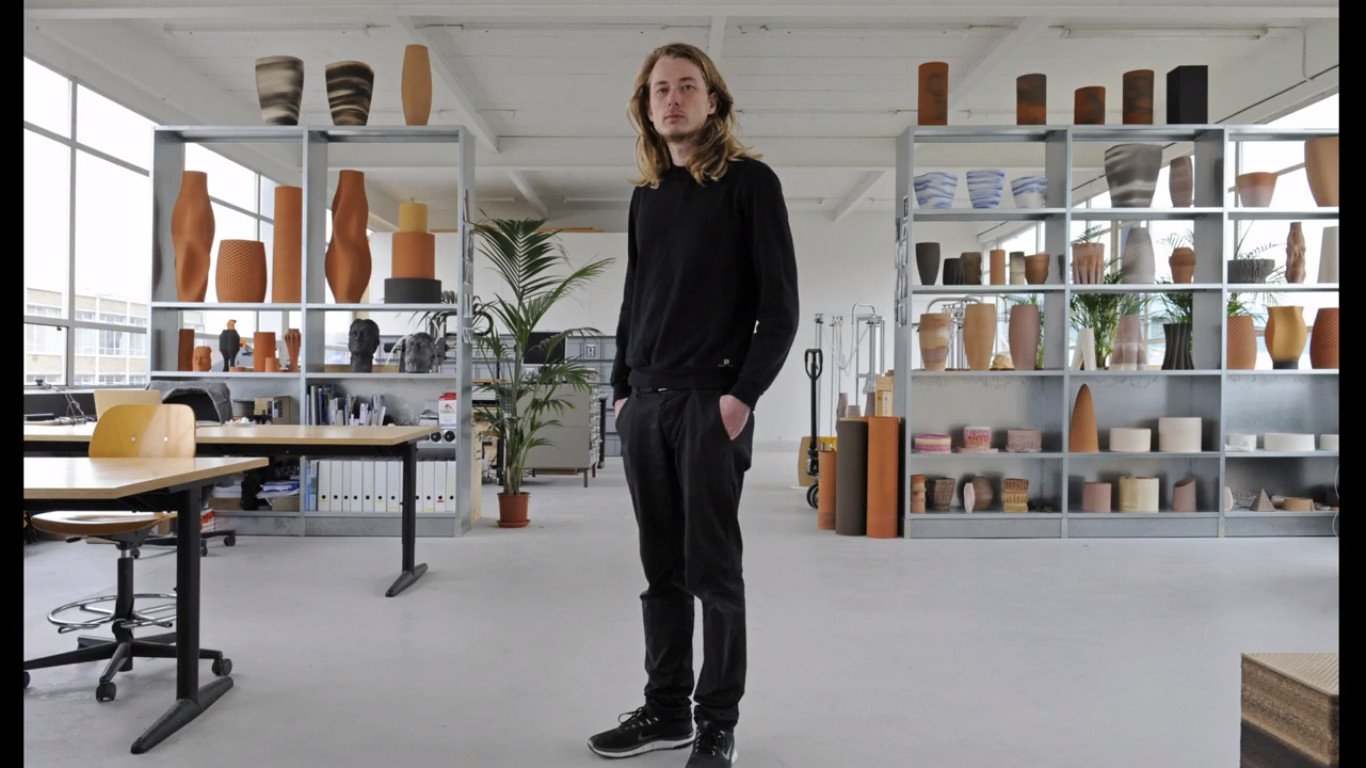
His 3D printer has sensors that help to mimic forms and textures from its surroundings. the results are beautiful unique ceramics, that are printed with random imperfections.

Artist Nathan Sawaya uses found forms to create sculptures. He uses lego blocks to create incredible human sculptures.

He is probably best known for his work, Yellow which represents his personal journey from the corporate world to being a full-time lego artist.
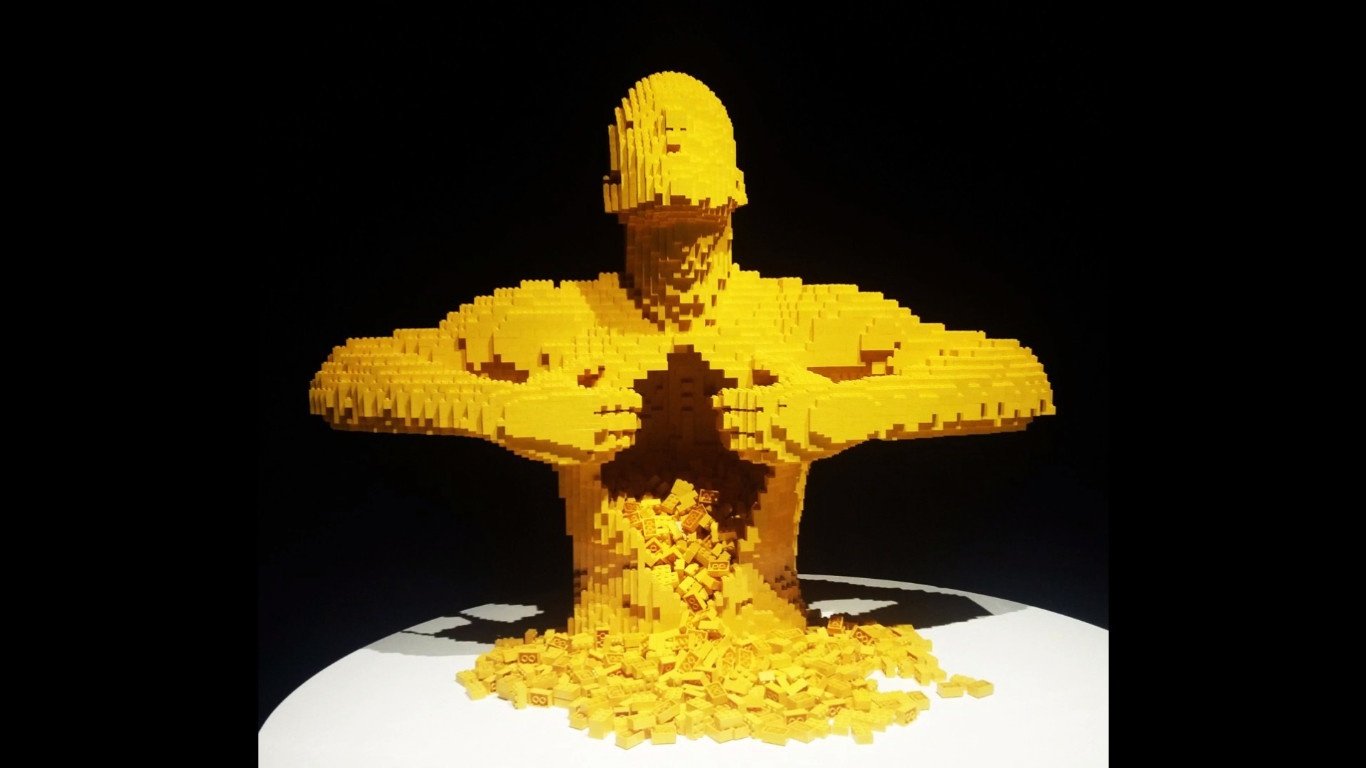
Let’s get back to two-dimensional art. How do we create an illusion of form in our paintings and our drawings?

As artists, there are a few techniques that we can use.

These include line, value and colour. These three are also part of the seven elements of art.

We can use lines to create a sense of depth. This is called perspective drawing.
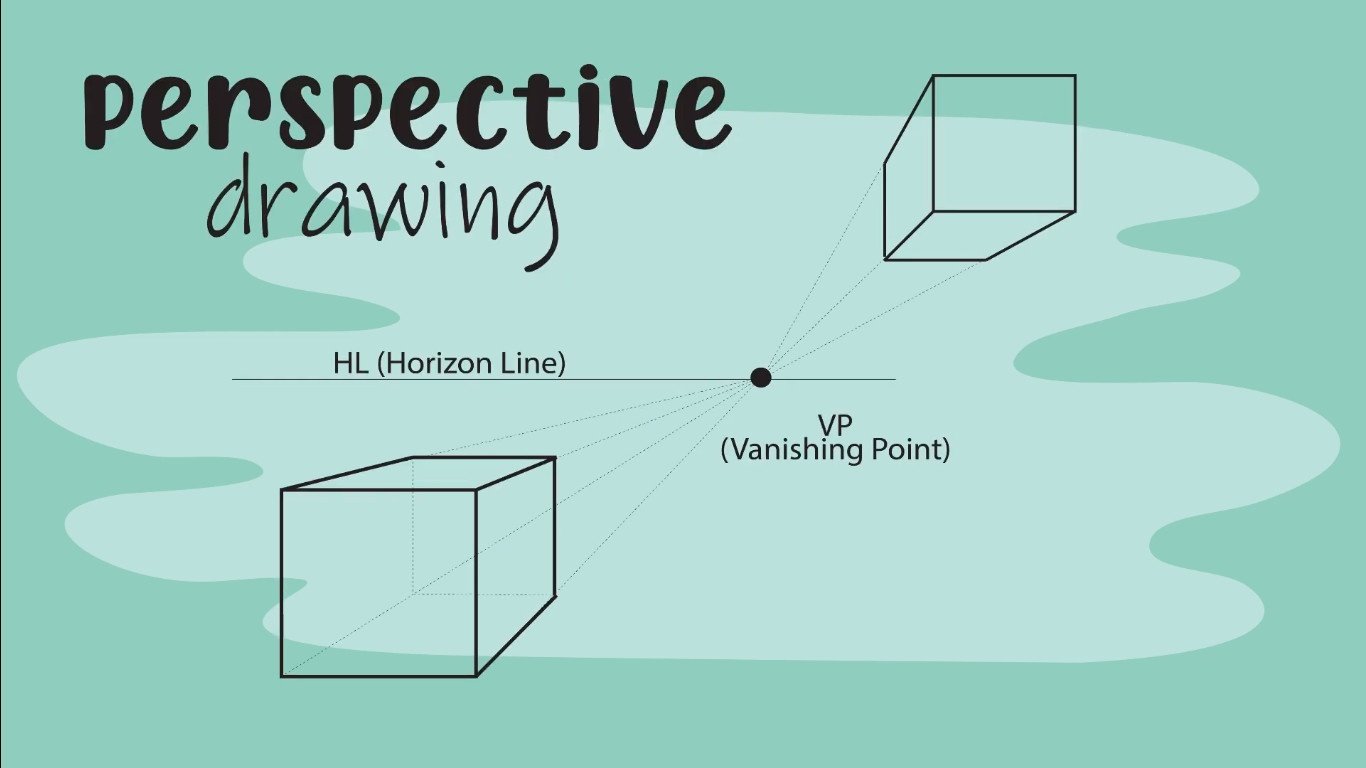
Note, we are only using lines, no value or colour yet.
Let’s look at New York Aakash Nihalani’s art.

He mainly uses lines to create a wonderful perception of depth that is playful and fun.
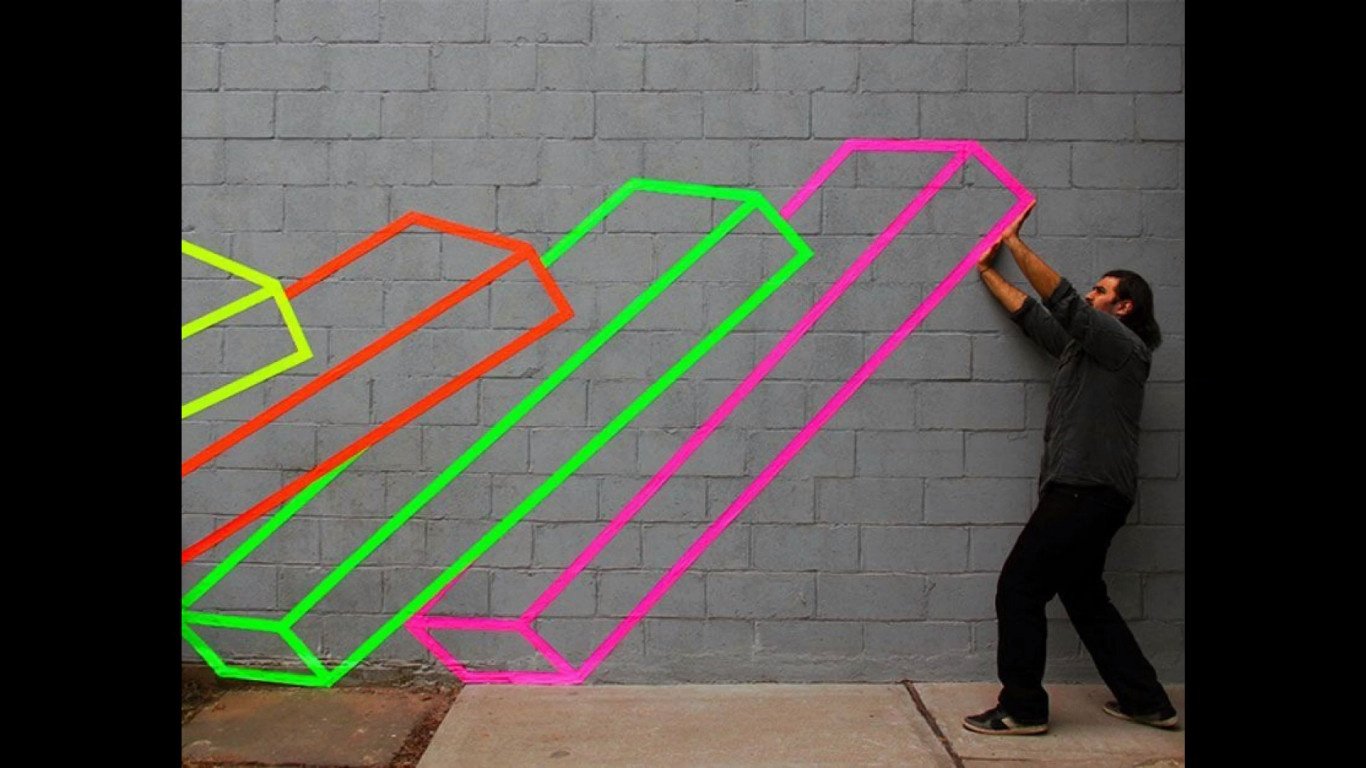
His art is eye-catching and meant to interrupt viewers’ boring daily routines with a moment of unexpected fun. He creates these 3-dimensional geometric illusions using bright coloured tape.

It is amazing to see how he creates these 3-dimensional forms on 2-dimensional surfaces only using lines.

Nihalani’s art is clearly meant to captivate the viewers’ attention and imagination.

The next technique I need to show you is value, which is created with shading. When you need to create an illusion of 3-dimensionality with value, it is important to first identify your light source.
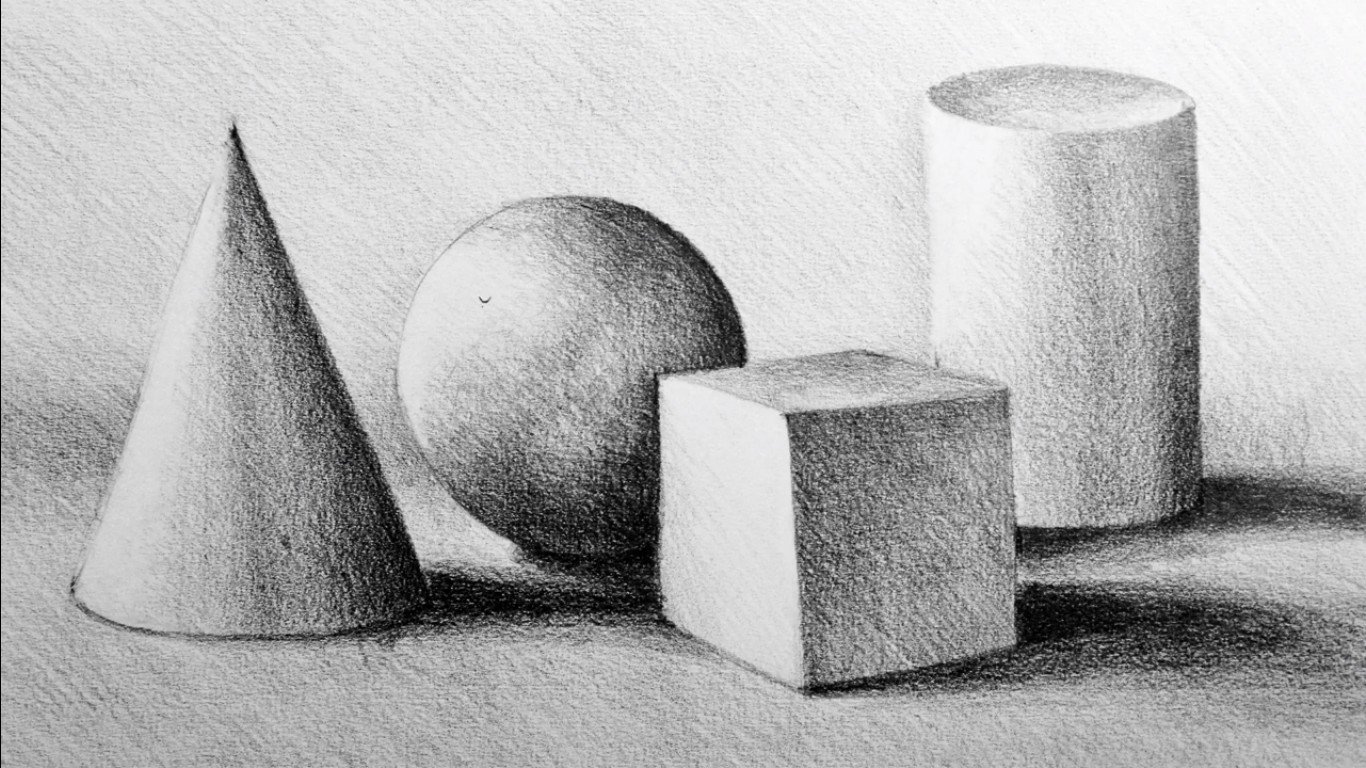
If you are working from a reference, first ask yourself where the light is coming from?

If creating forms from your mind, you need to decide what angle the light source is coming from.

Choosing your light source is really important, because light moves around objects. If you know where the light source is coming from, you can work out where the shadows should be, and where the highlights should be, and that will help you to create the illusion of form.
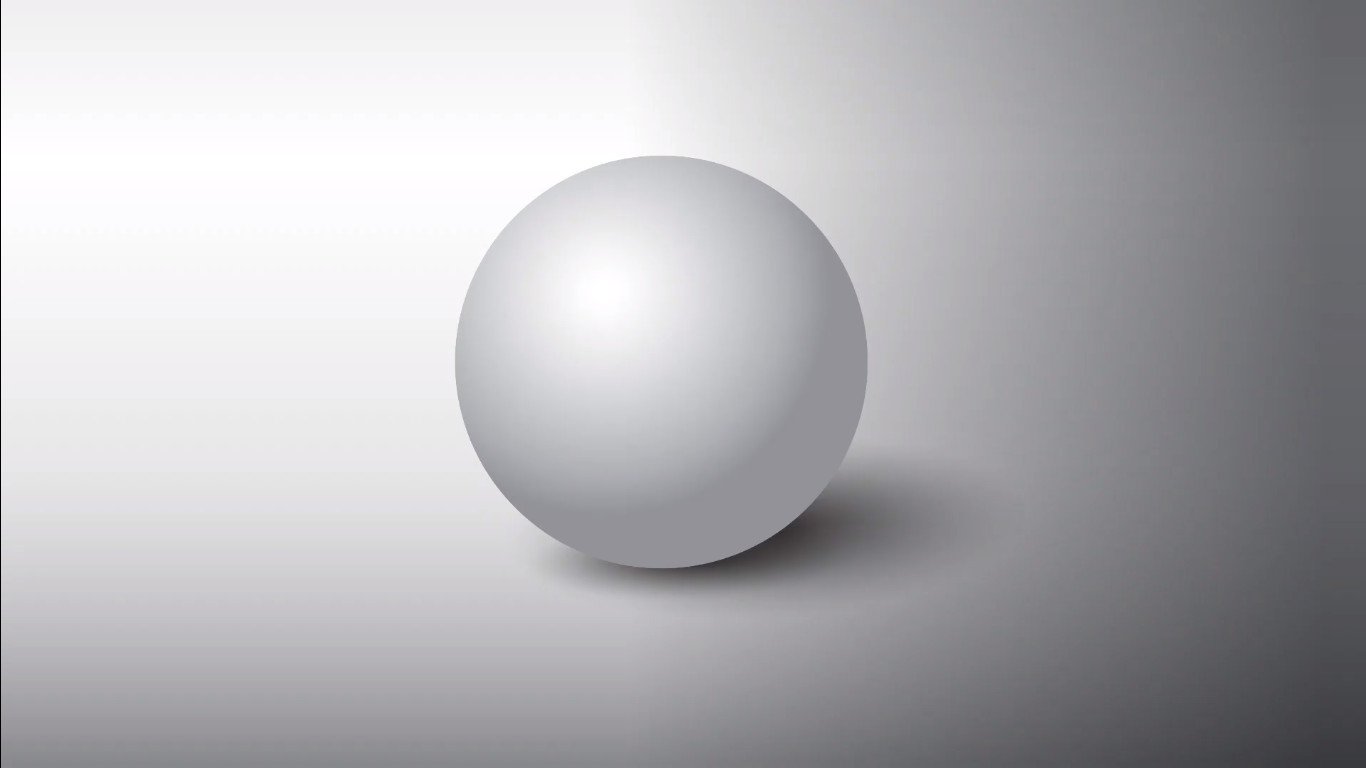

To depict detailed forms in art with all the little bumps and crevices, we use a wide value scale but we can also create form with a very limited amount of values.
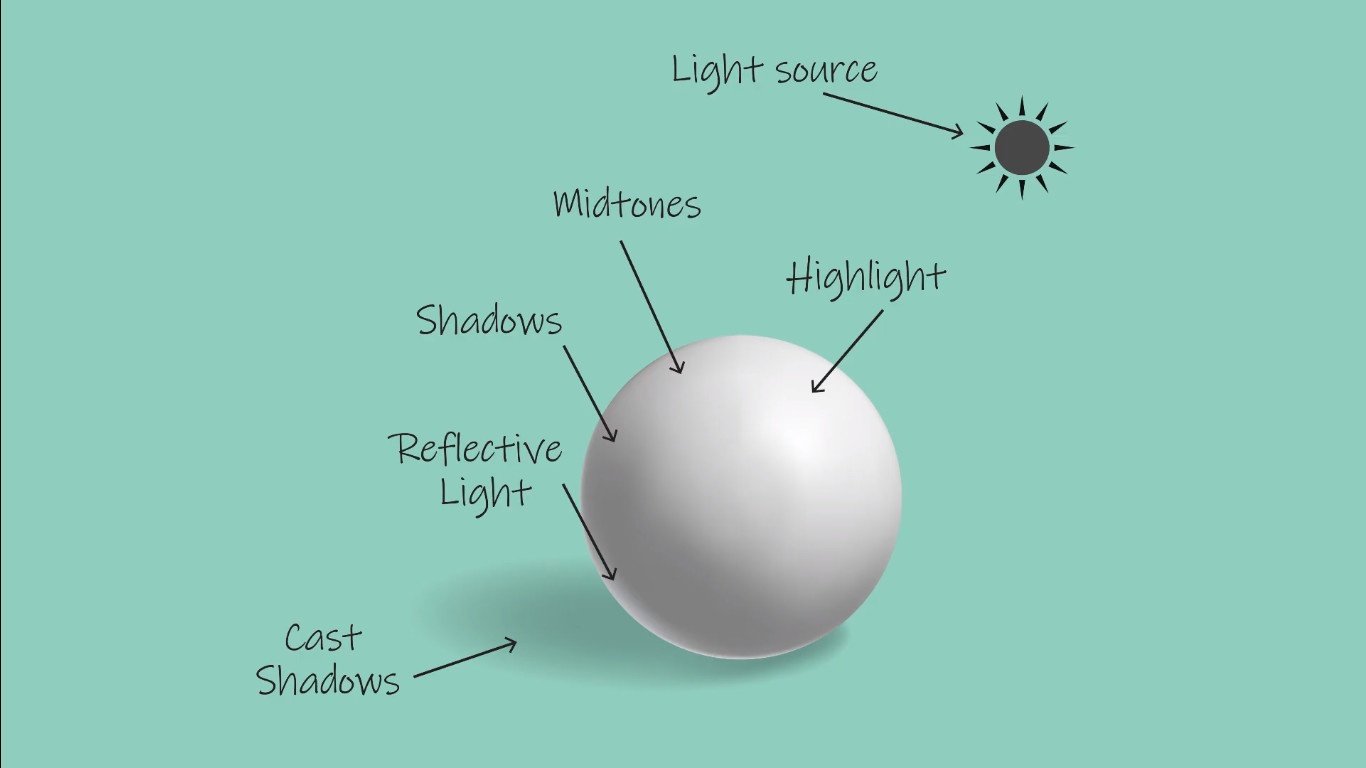
Street artist Banksy creates form with high contrast, usually only using white black and grey. His figures appear 3-dimensional from a distance, even though the value range is extremely limited.


Artists can also create form by only using colour. Dark colours and cold colours tend to move away from the eye, where lighter colours and warm colours tend to move towards the eye.
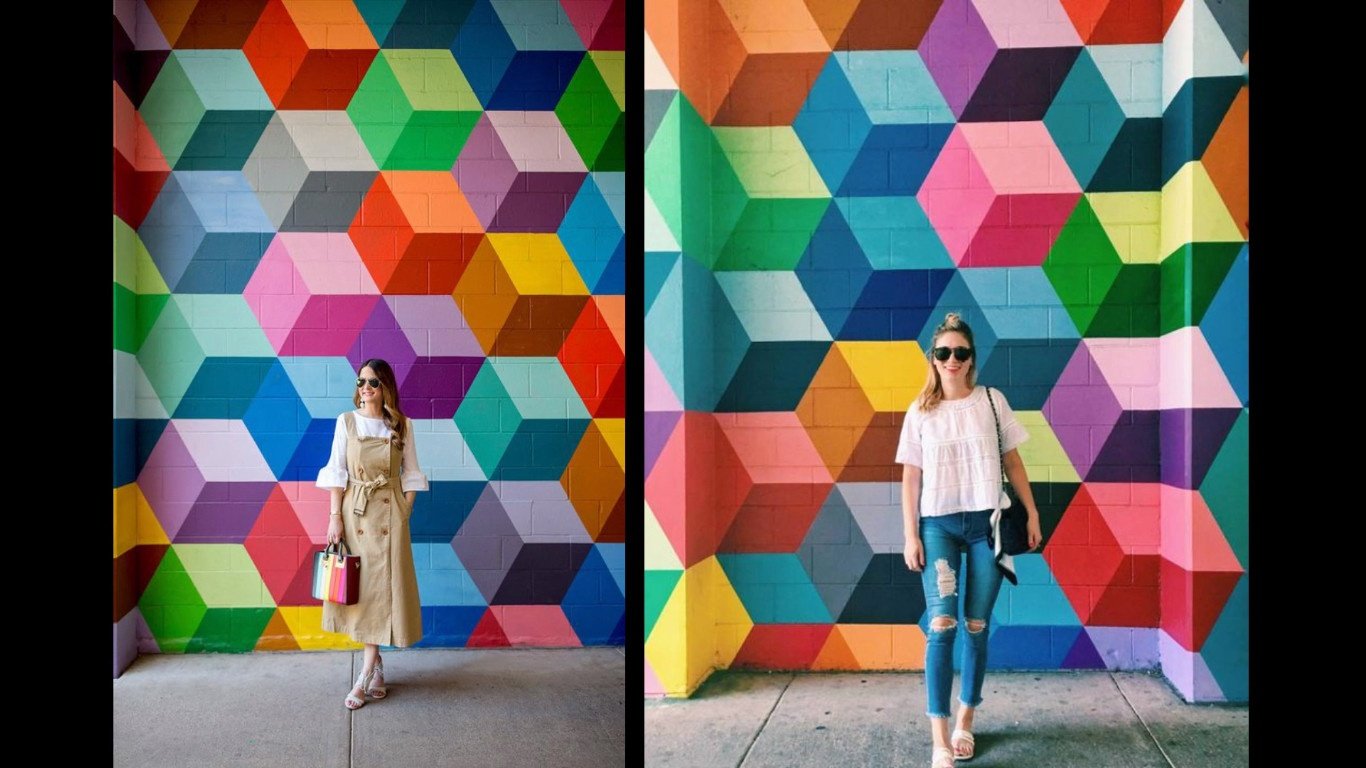
Artists can create form when they place the warm colours on the highlights and the cold colours on the sides receding away from the eye.
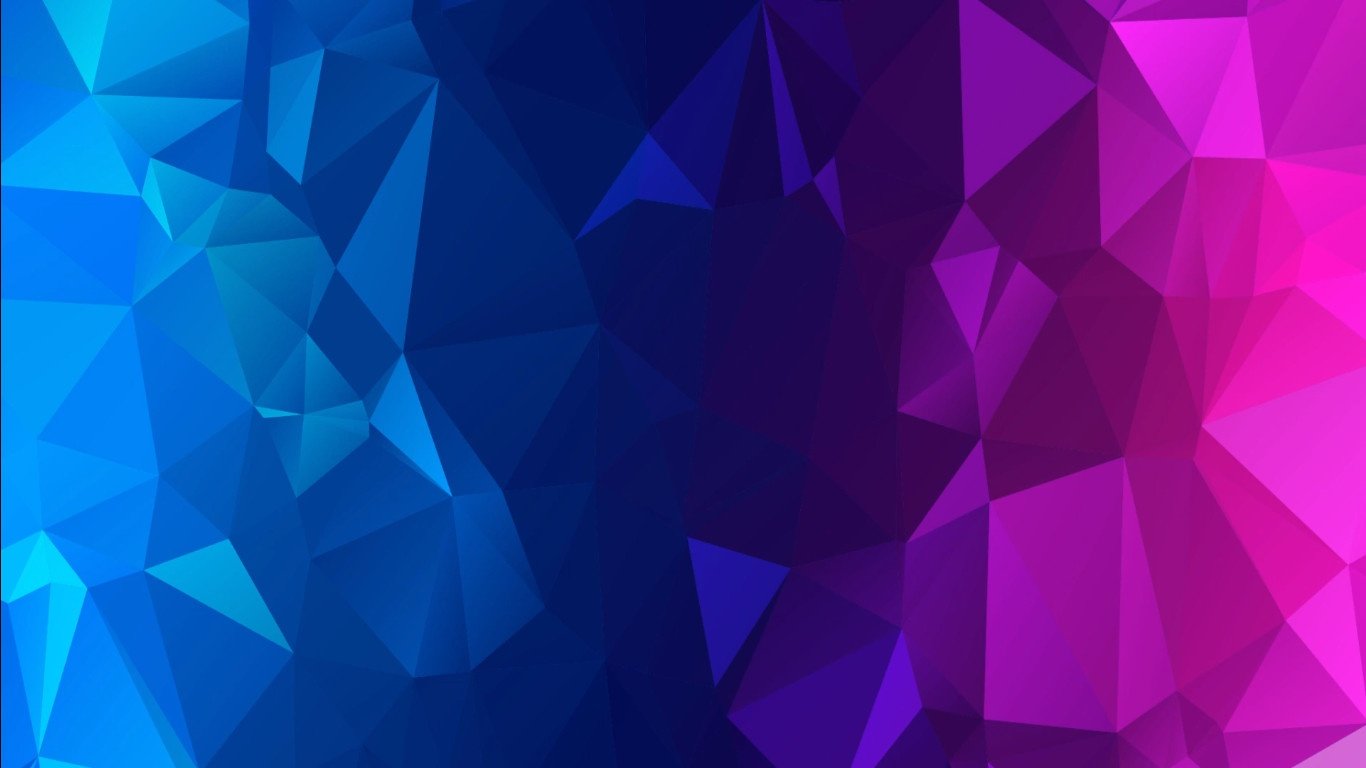
Now I would like to tell you about an awesome art trend called Trompe Lóeil.

This means “to fool the eye”. It’s a kind of artwork that creates an optical illusion usually one that makes you think you’re looking at something in 3-dimensions, when really it’s just a flat painting.

These artists are so good at creating the illusion of form, they literally go around tricking people.
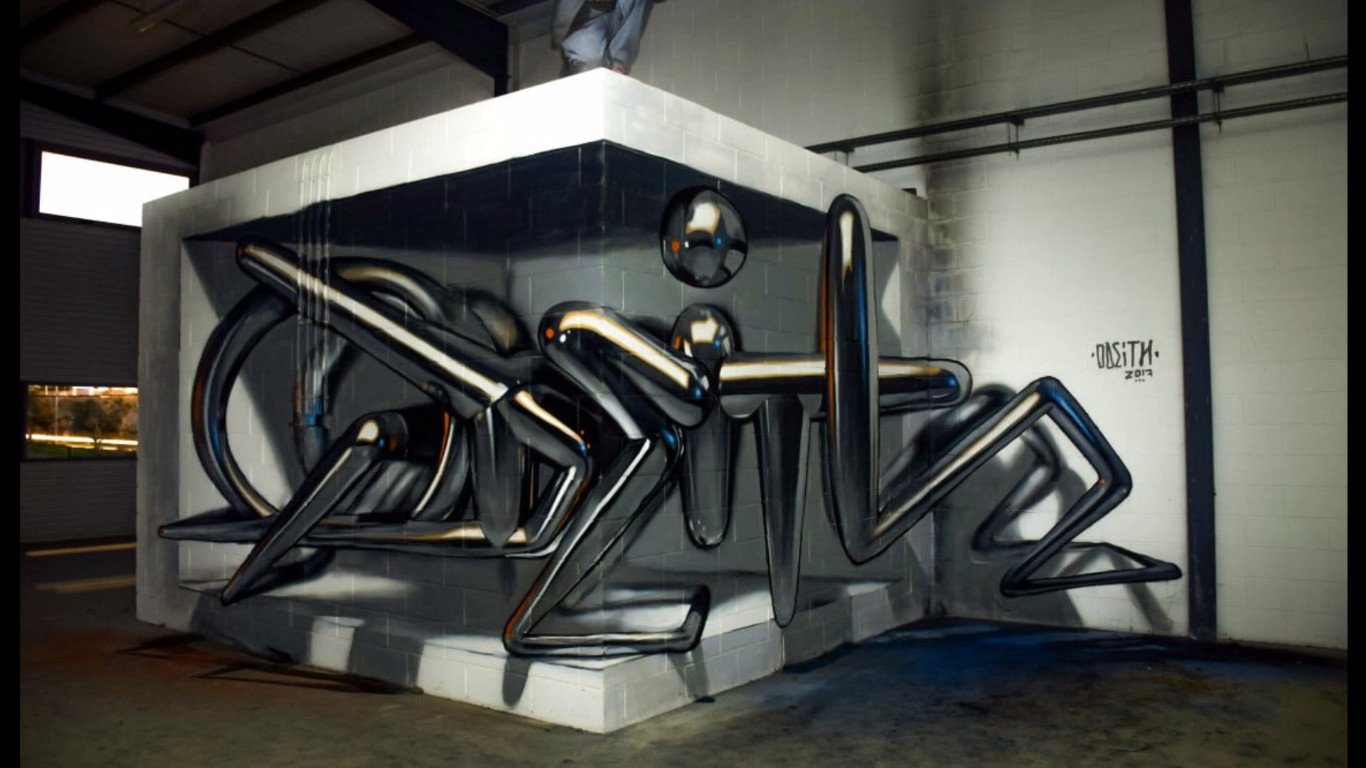
People tend to think that this art trend was formed in the 17th century amongst Dutch artists, but actually this trickery dates back to the ancient Greek and Roman times in the city of Pompeii.

Typically, Trompe Lóeil murals were used to depict a window, a door or a hallway, intending to suggest a larger room. This helped people to appear more wealthy than what they actually were.
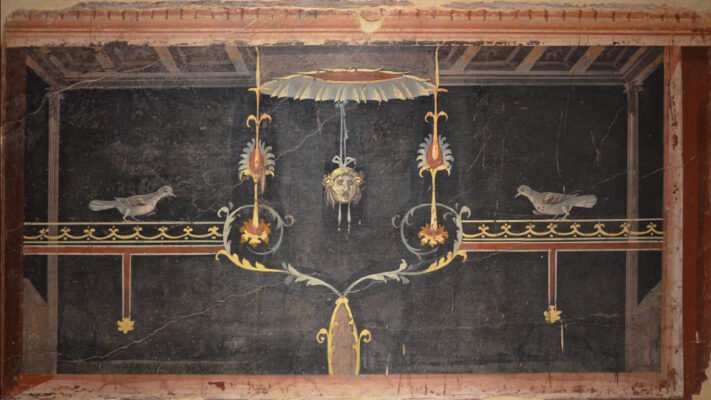
An ancient Greek story tells of a contest between two renowned painters. Zeuxis and Parrhasius.
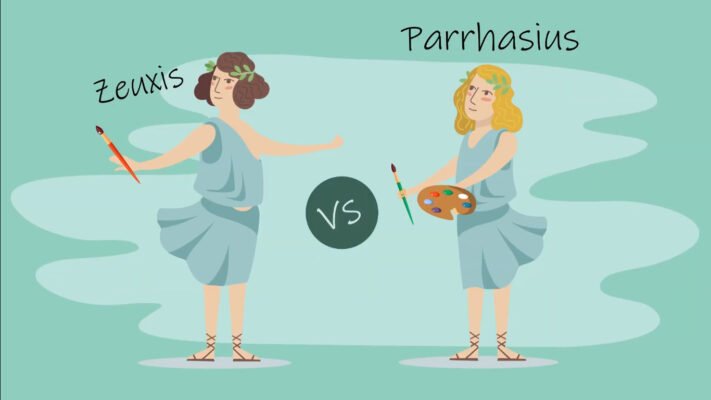
Zeuxis produced a stellar painting, so convincing, that birds flew down to peck at the painted grapes.
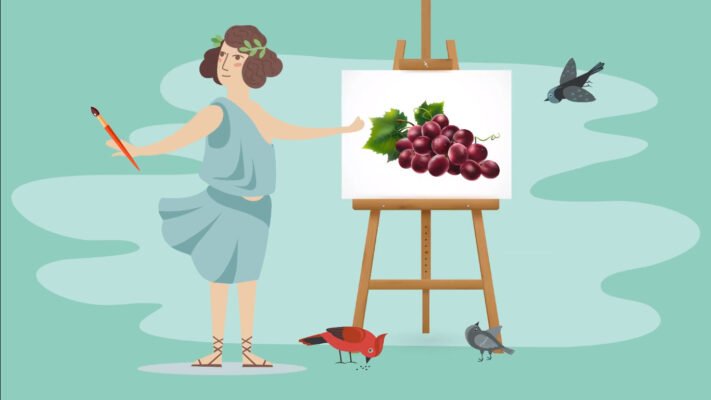
Parrhasius didn’t like all the attention Zeuxis skill racked up so he decided to trick the artist. He asked Zeuxis to judge one of his paintings that was behind a pair of tattered curtains in his study.
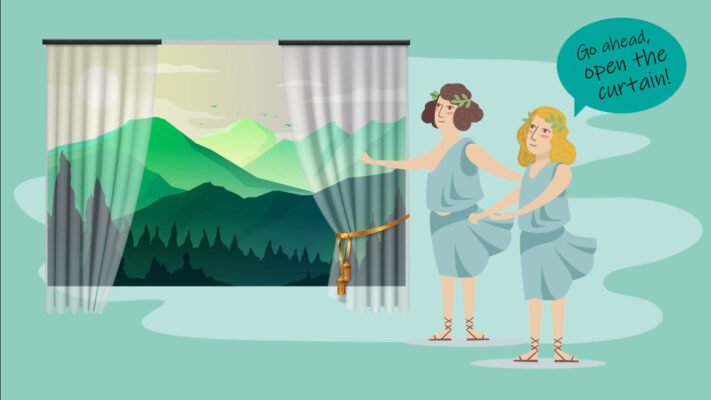
Parrhasius asked Zeuxis to pull back the curtains so you can see the painting, but when Zeuxis tried he could not, as the curtains were included in Parrhasius painting, making Parrhasius the winner.
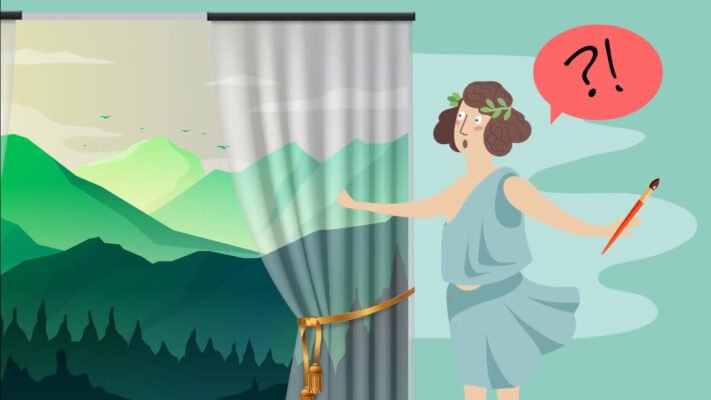
During the renaissance times Trompe Lóeil was used to create impressions of larger buildings with higher ceilings and large extended rooms. They combined perspective drawings and foreshortening to trick people into believing the building was much higher and wider than it actually was.

During the Baroque times Trompe Lóeil was used to optically open the ceiling or the dome to the heavens to depict Jesus or Mary’s ascension pretending that you could look straight into heaven.
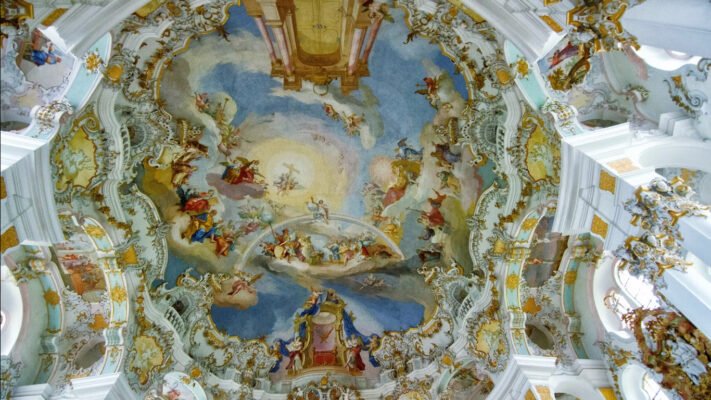
During the 17th century Trompe Lóeil paintings became very popular in Flemish and Dutch paintings.

The Dutch loved a good joke and these artists love tricking people, for example they would paint a deck of playing cards on a table and laugh when a friend tries to pick it up and challenge them to a game.
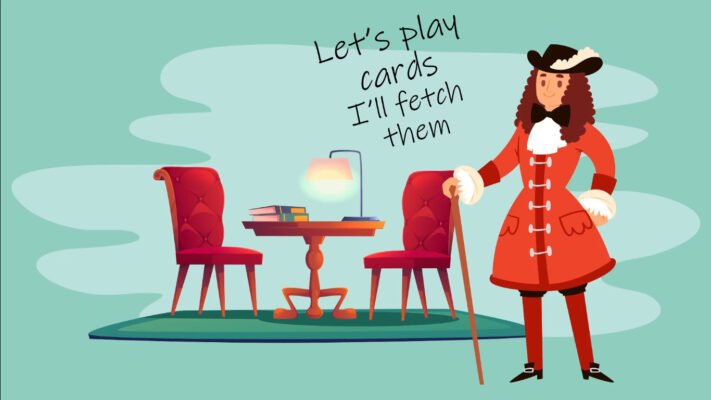
A particularly impressive example was painted by Jan Van Der Vaart it’s a violin hanging on a door.
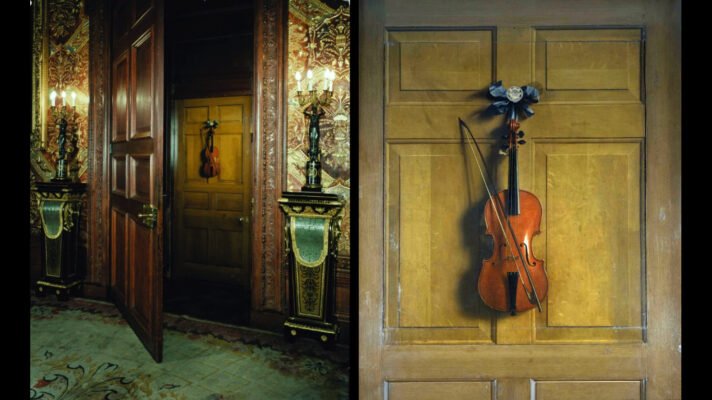
Many have tried to play it. Today Trompe Lóeil appears in theaters, street art and even in cartoons.
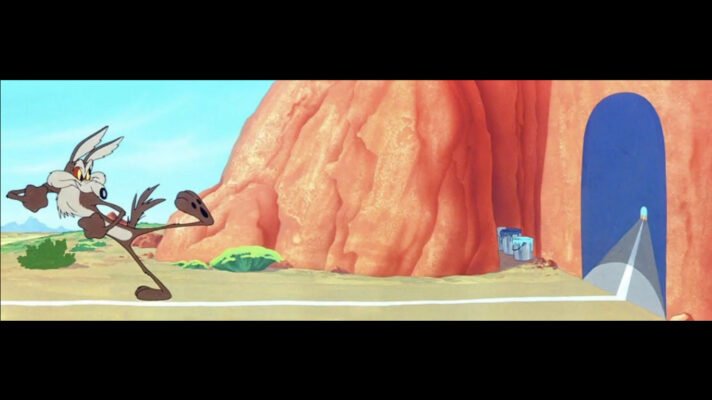
Remember Trompe Lóeil is a style of art that makes you question if what you are seeing, is real, is it an illusion of form and depth that artists create to trick our eyes?

These are just a few ways artists create form and incorporate depth into their work.
Is there any particular style or technique that you really liked? What draws you in and catches your eye?

Mastering many different approaches to making form will give you unlimited options when you create your own artwork. It will enable you to fool viewer’s eyes in any way you choose.

That’s it for our seven elements of art video series. I hope you guys enjoyed it.
Why not start with a drawing course?
FREE online videos available on our YouTube video for each worksheet.


